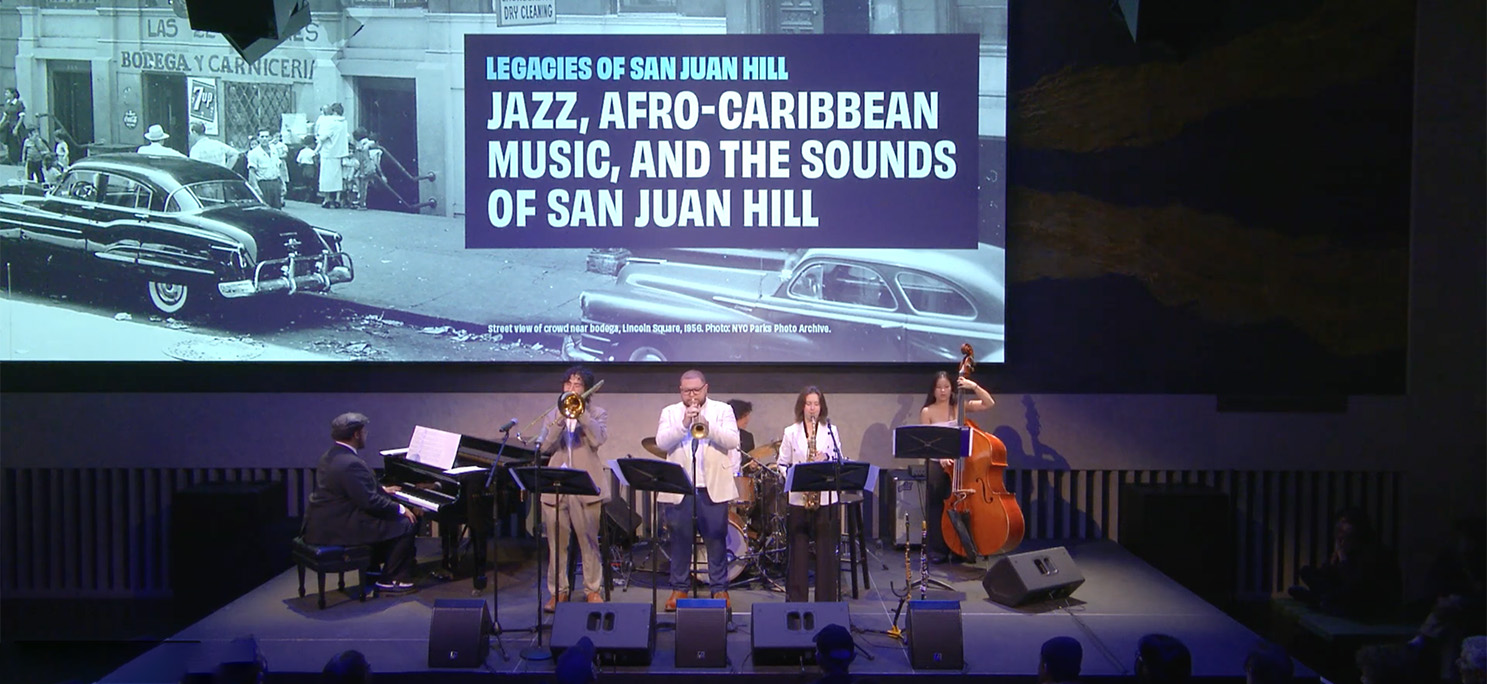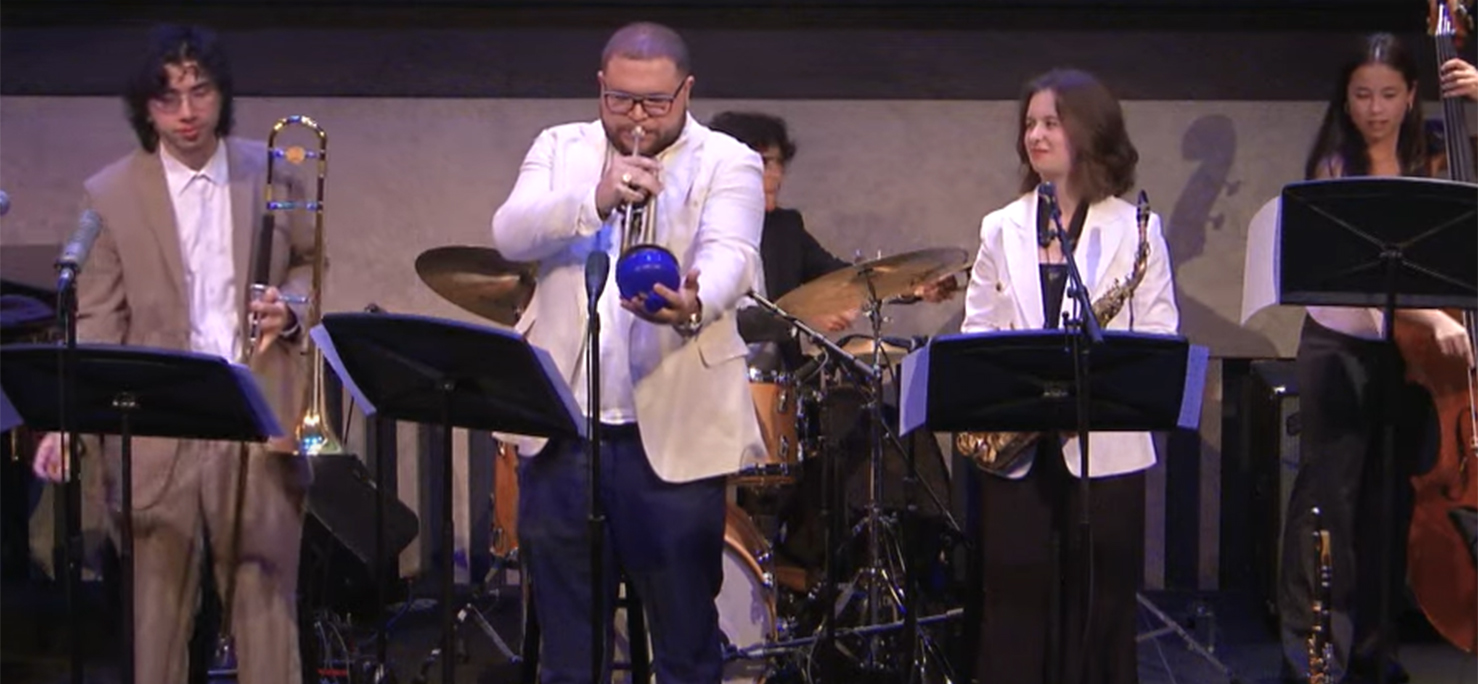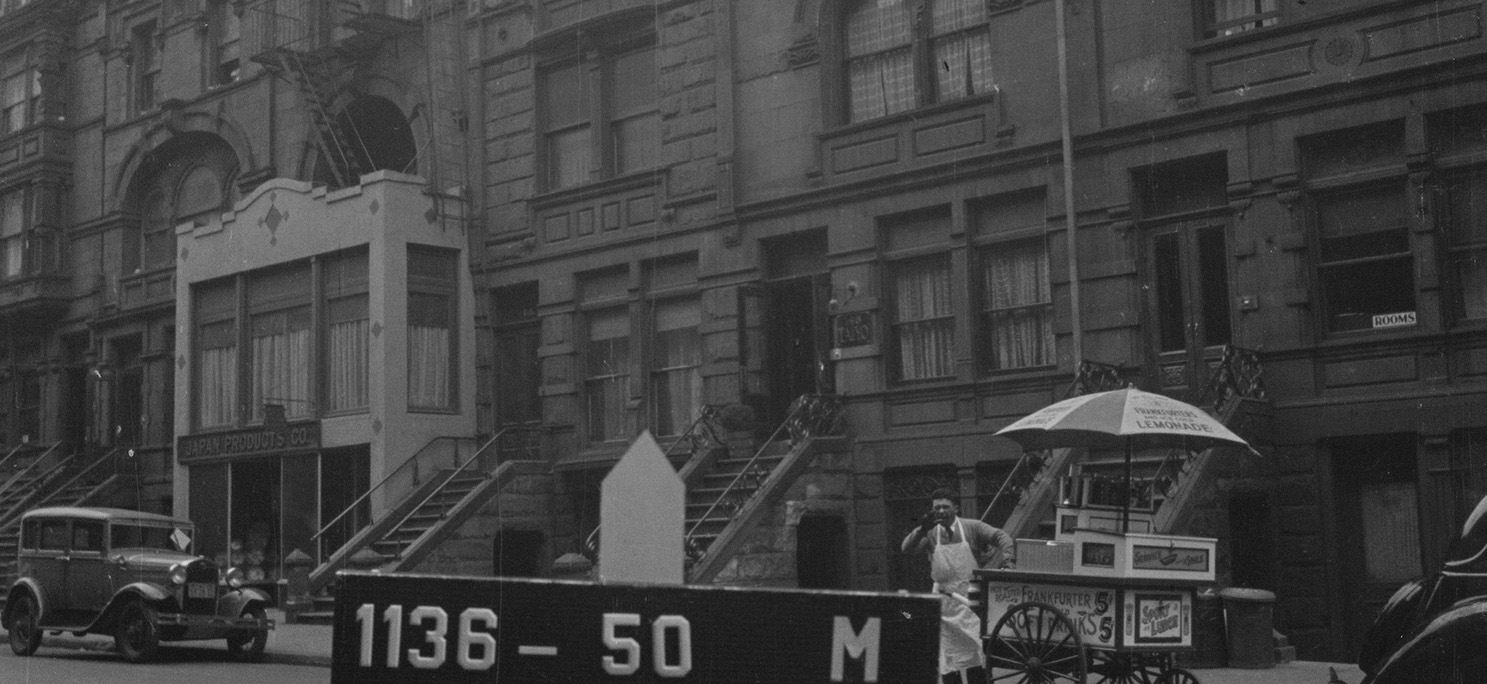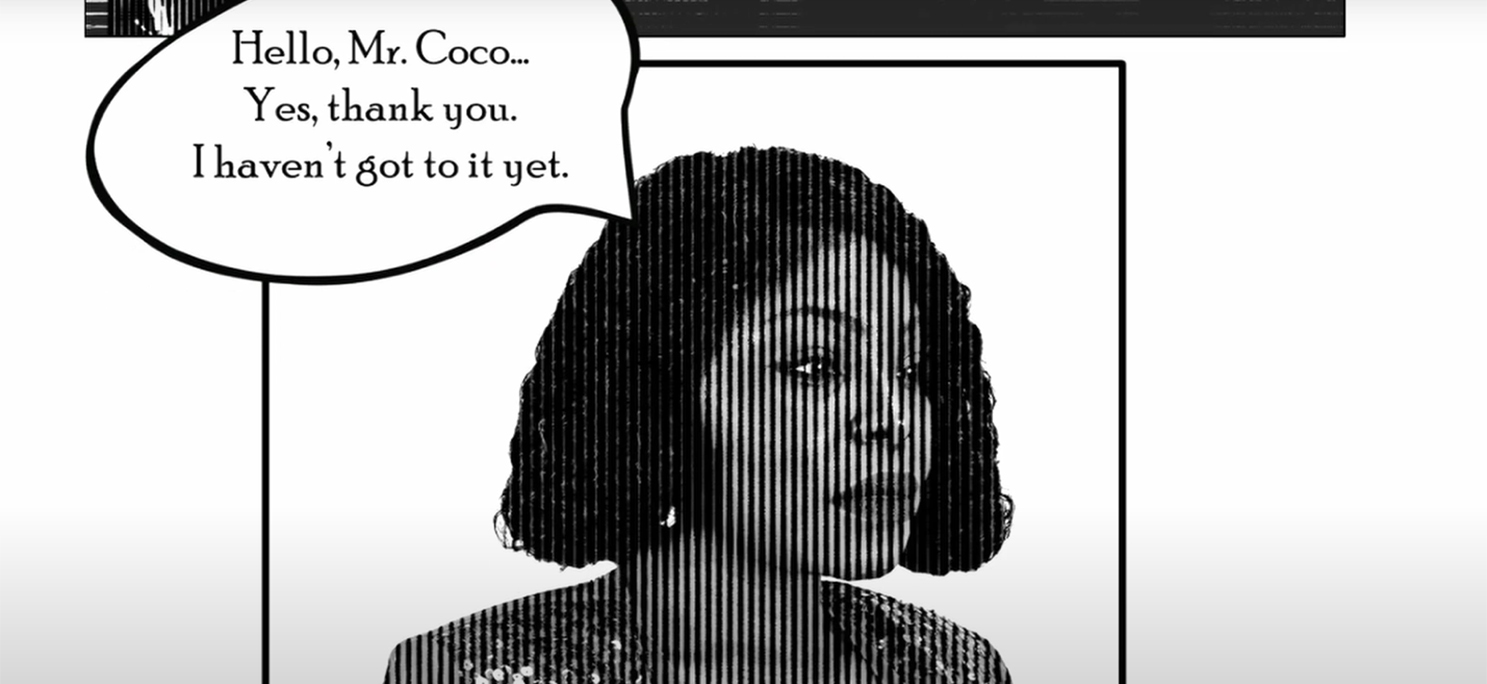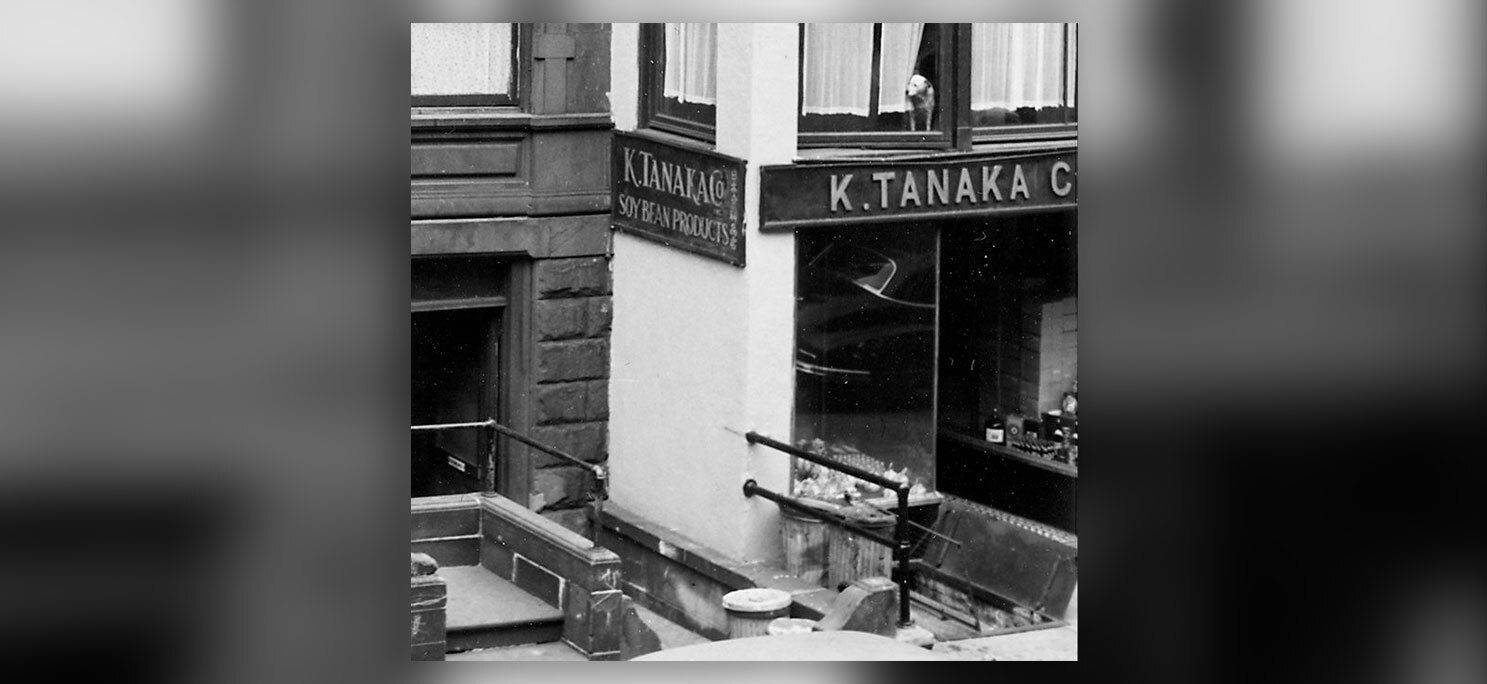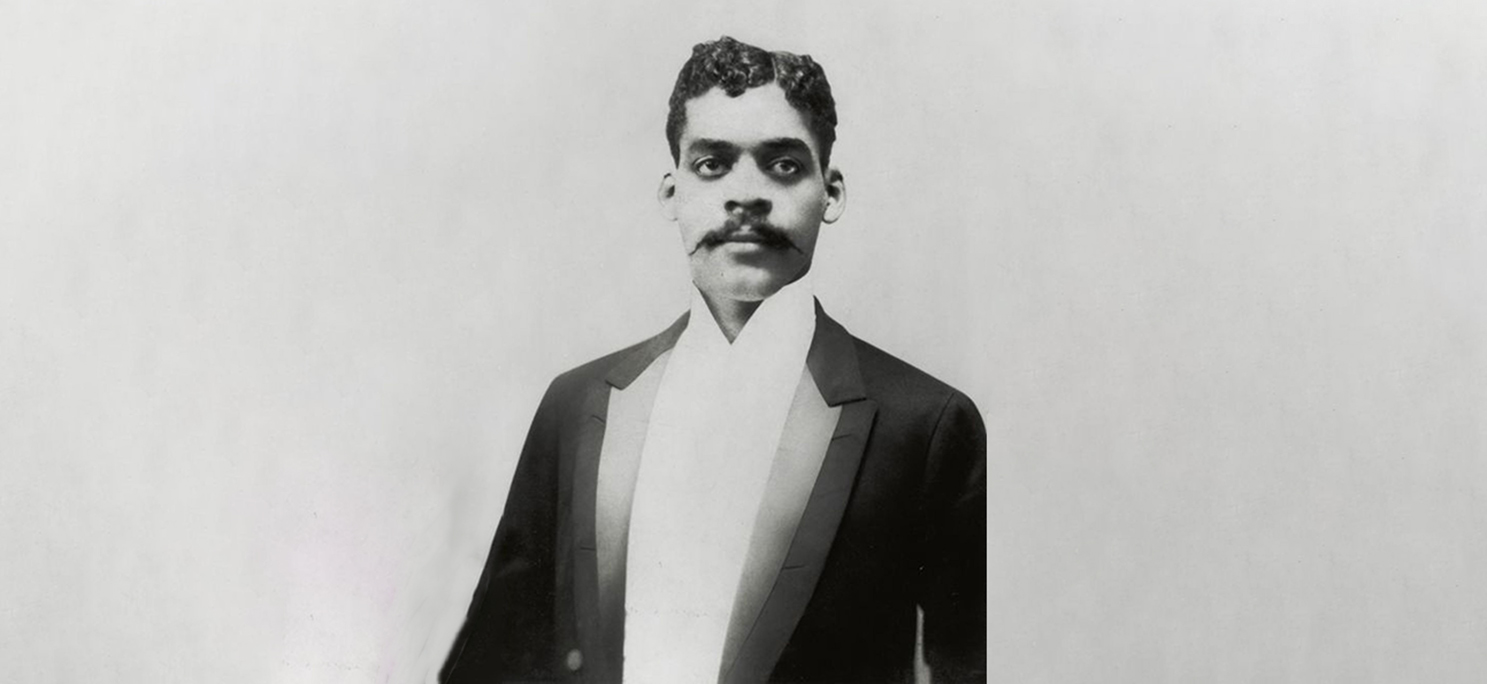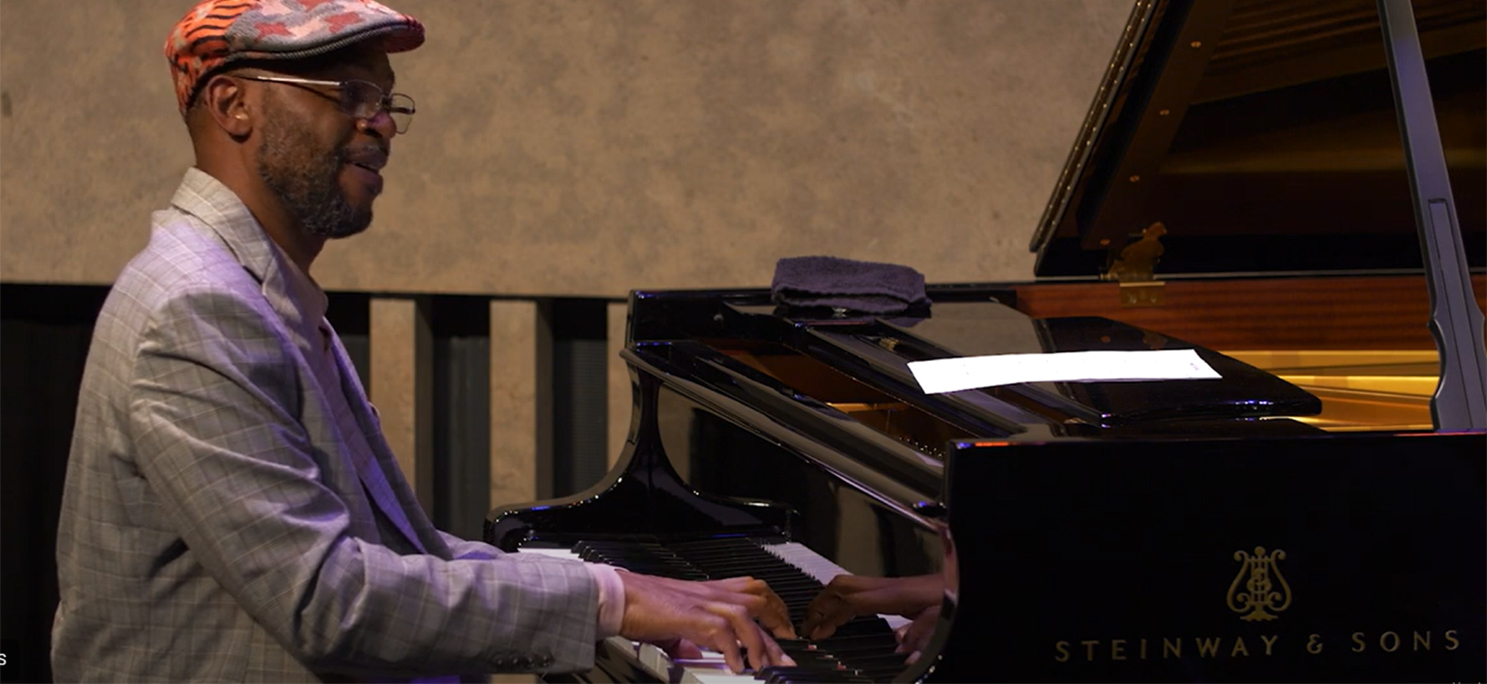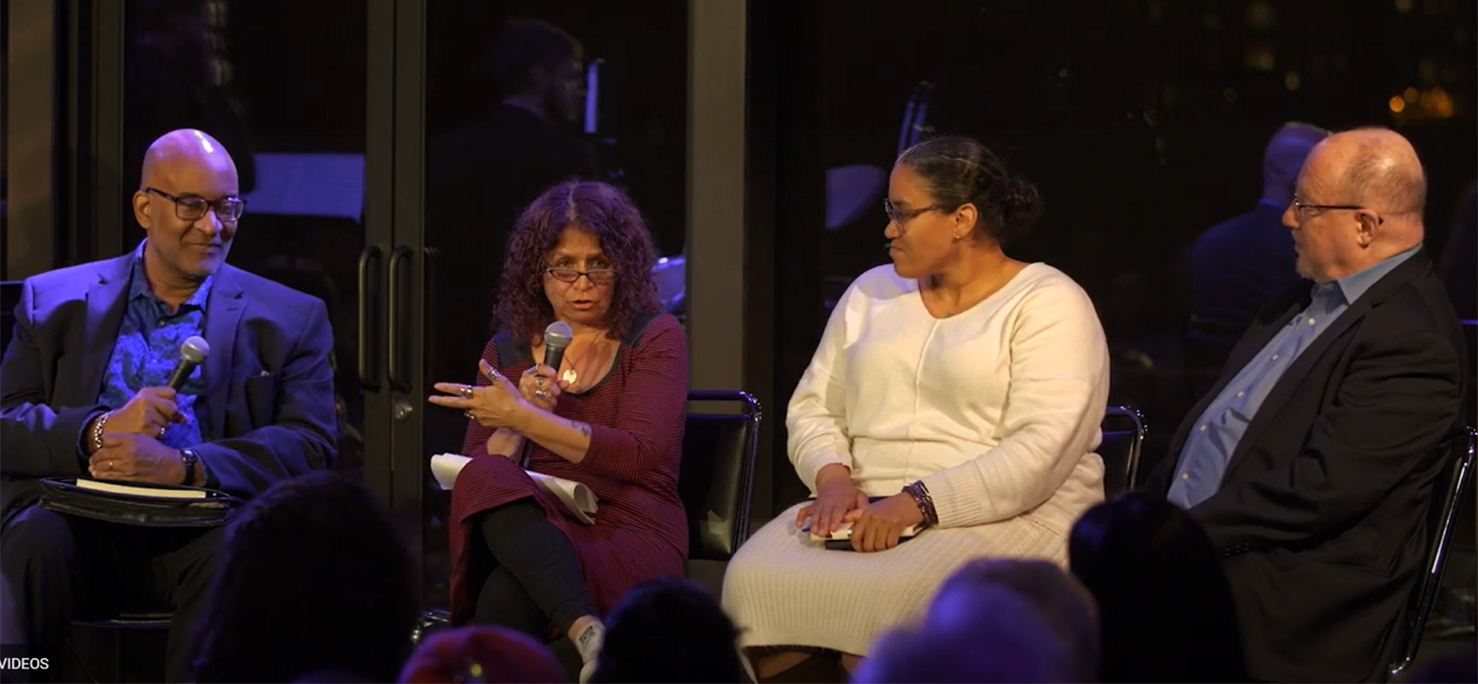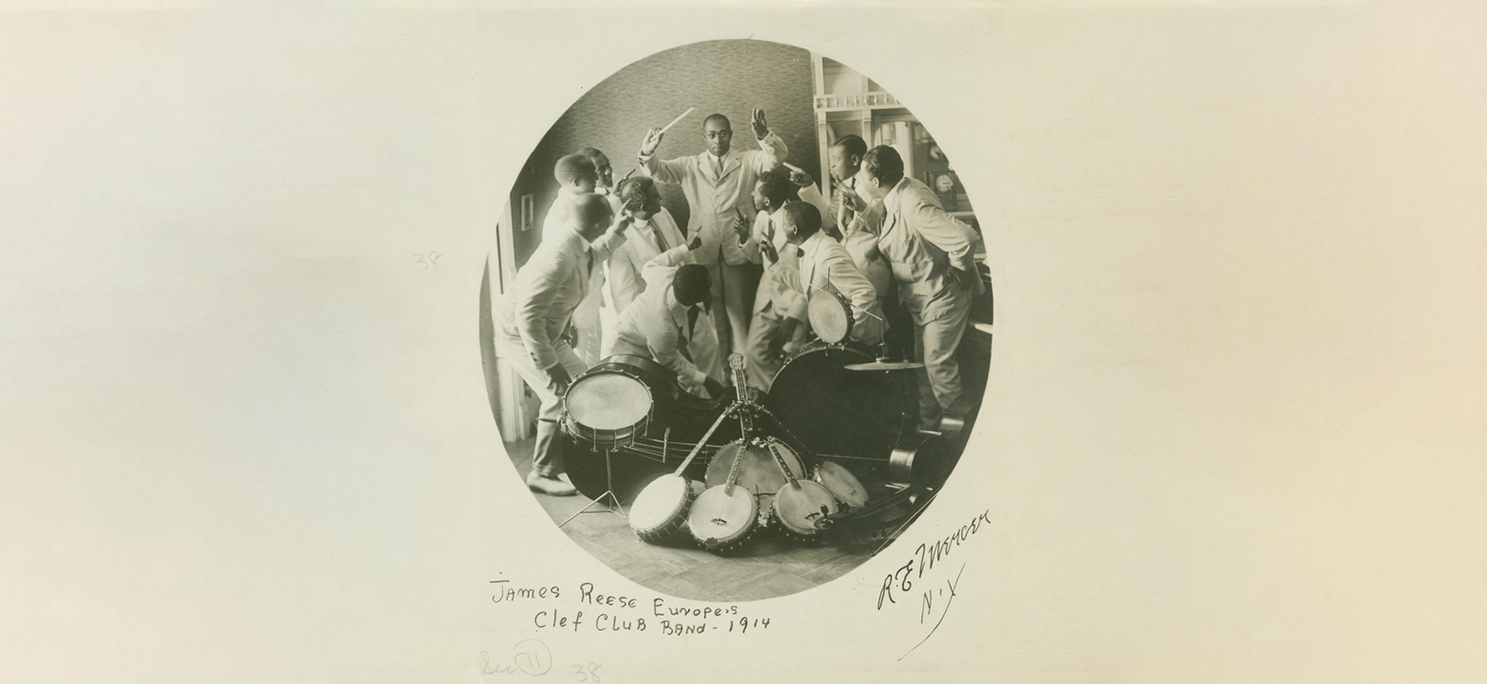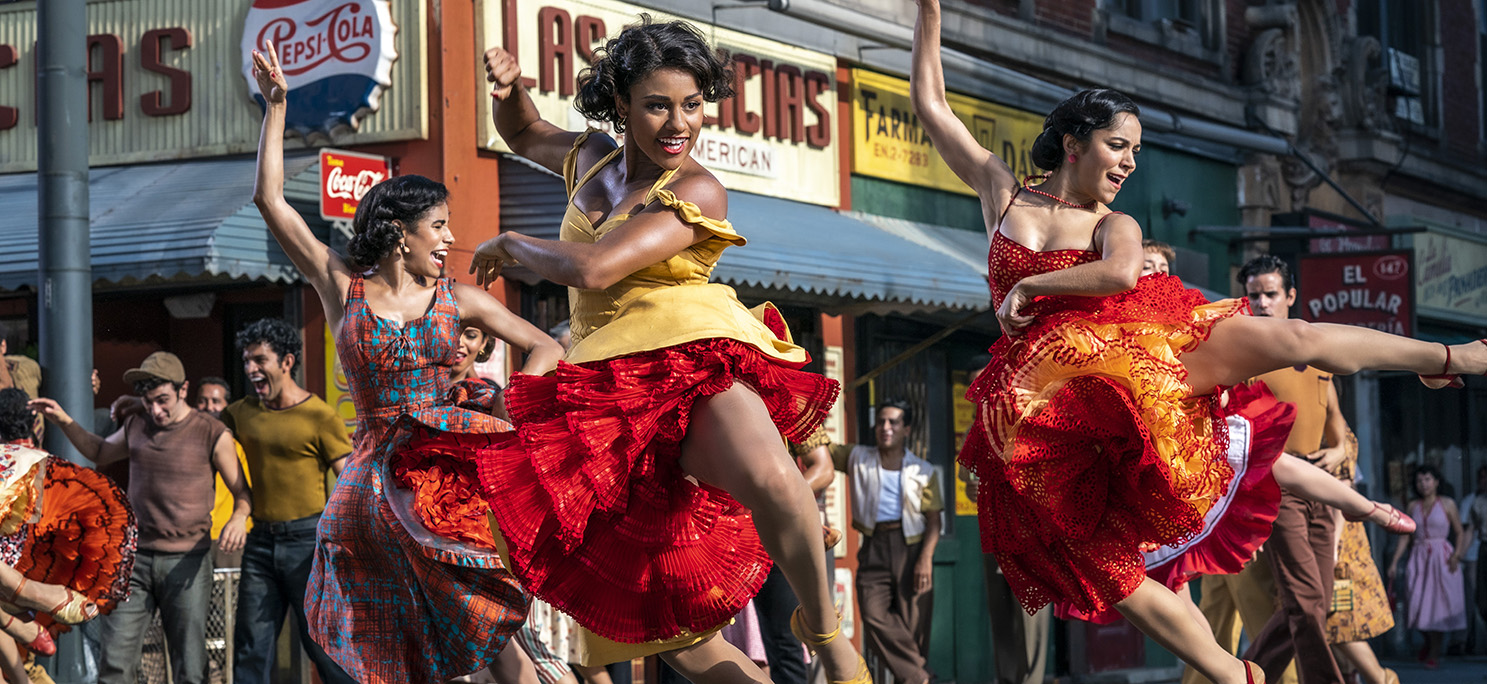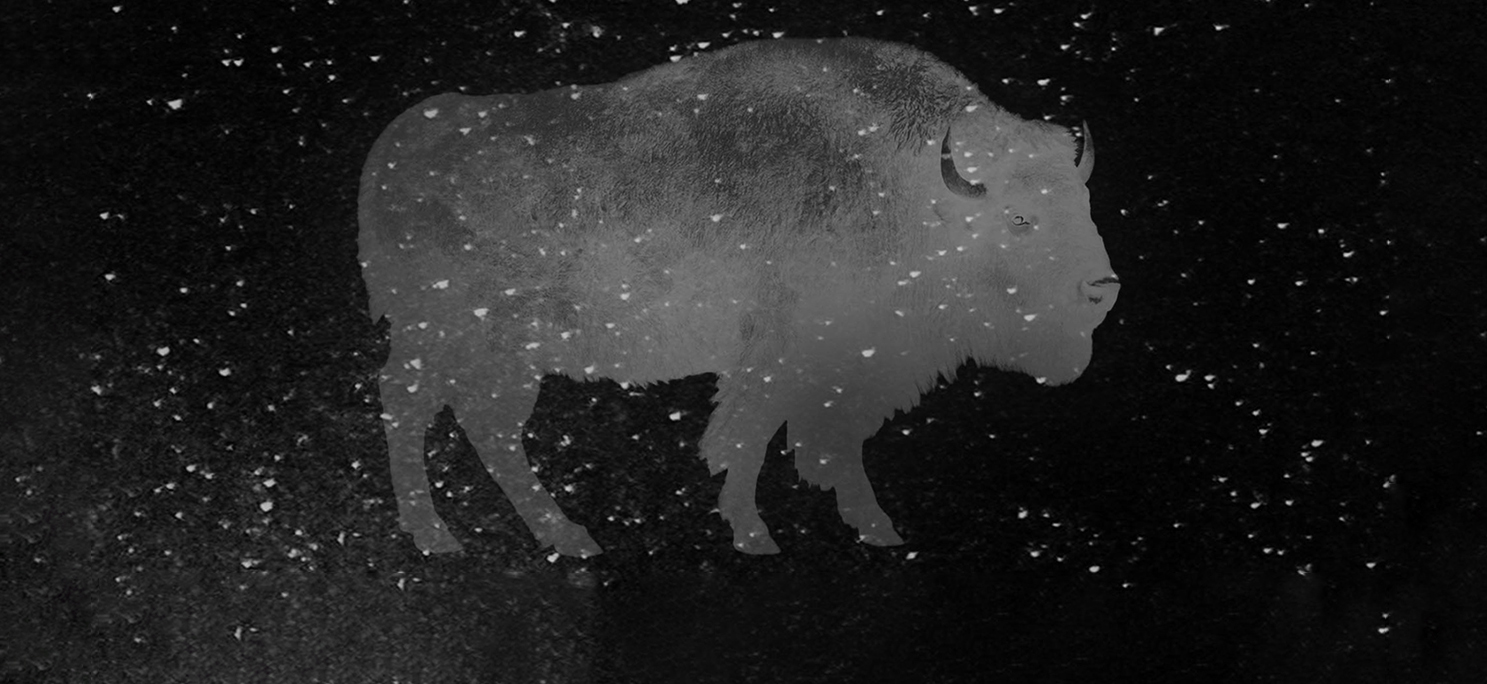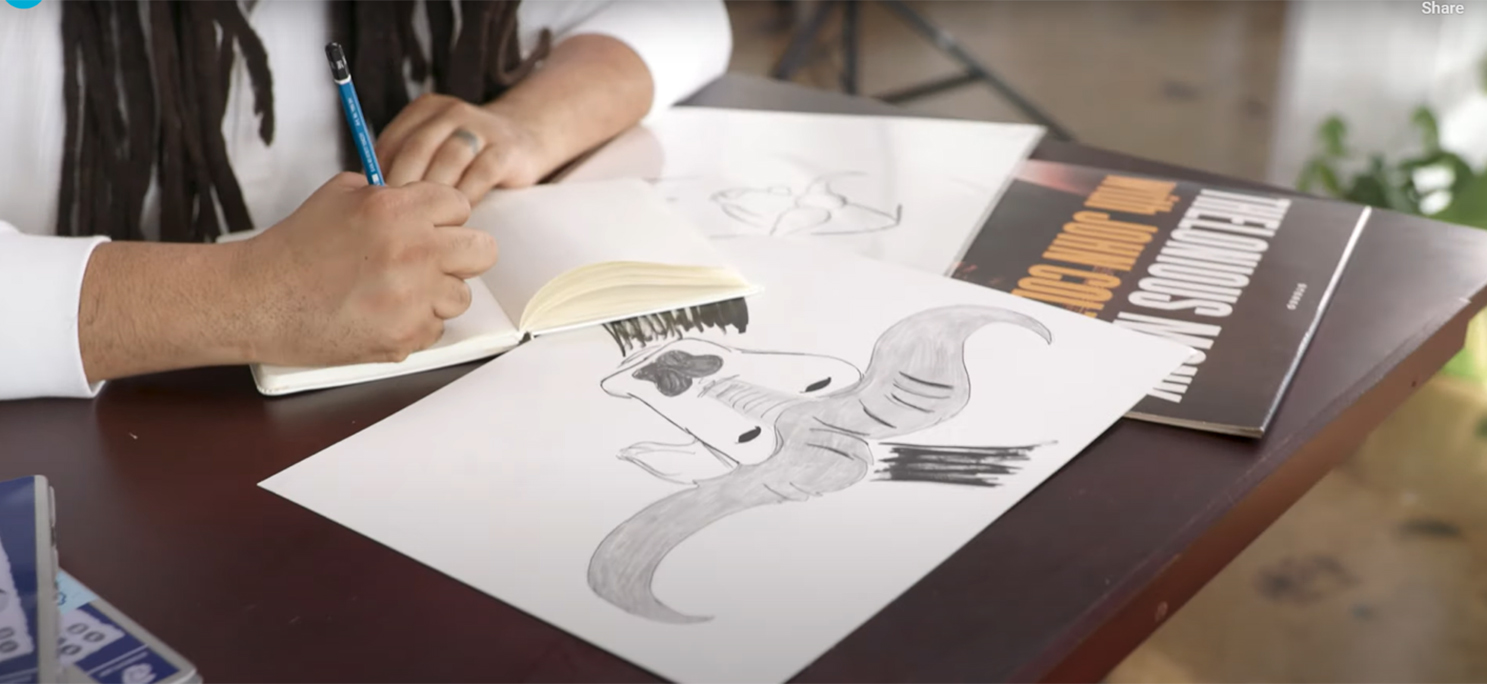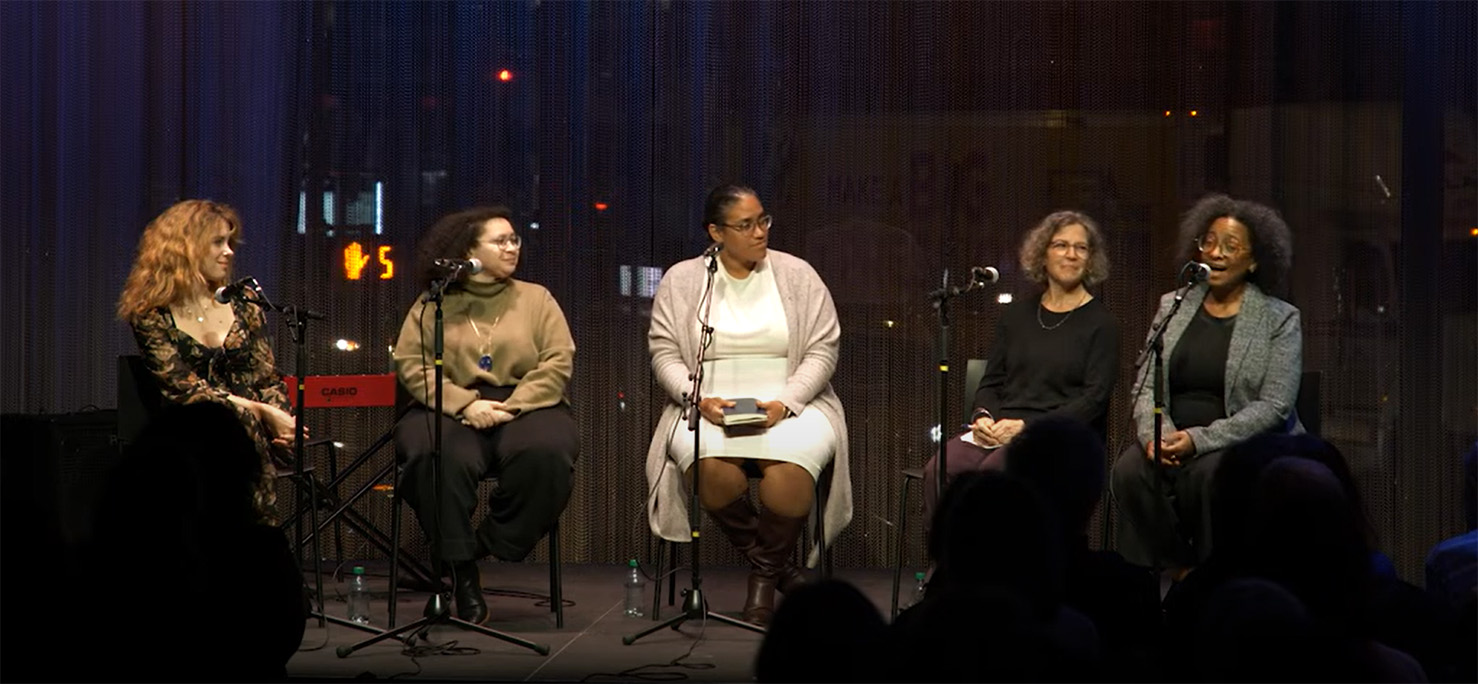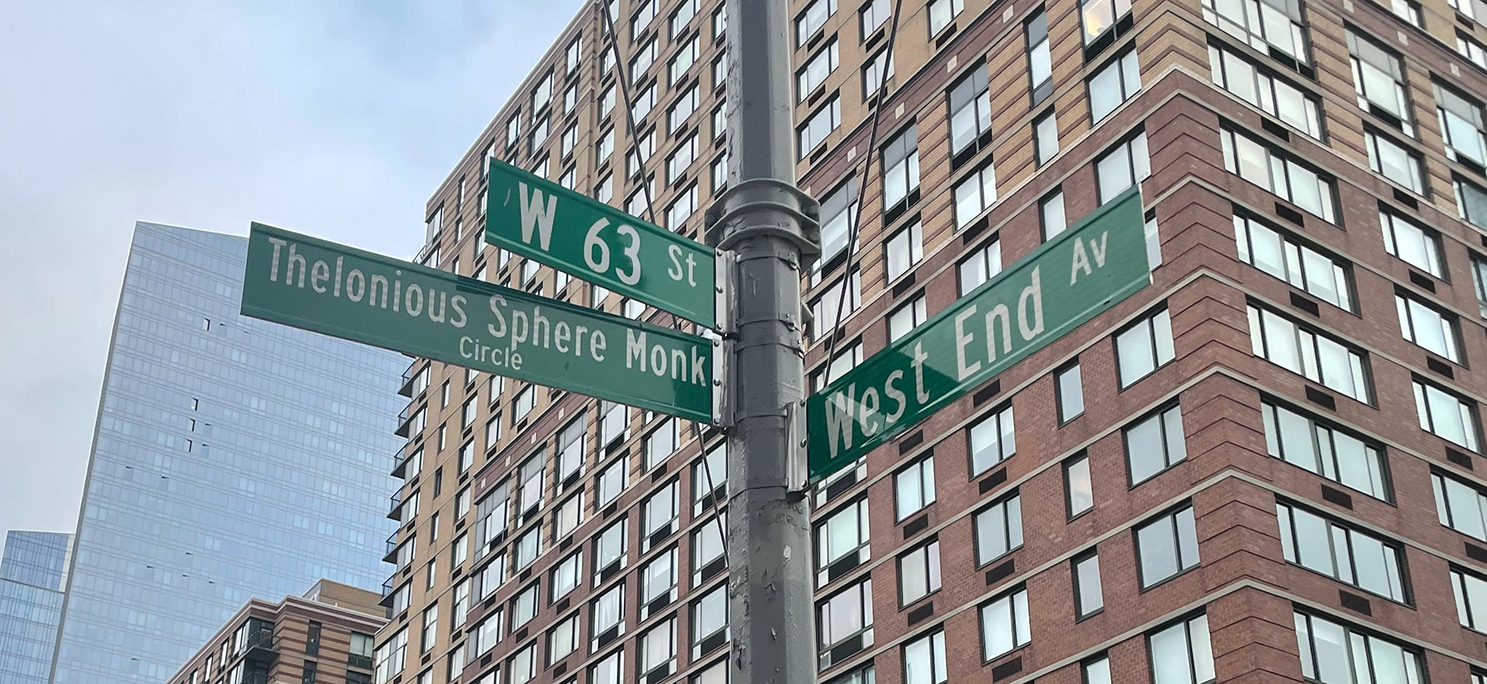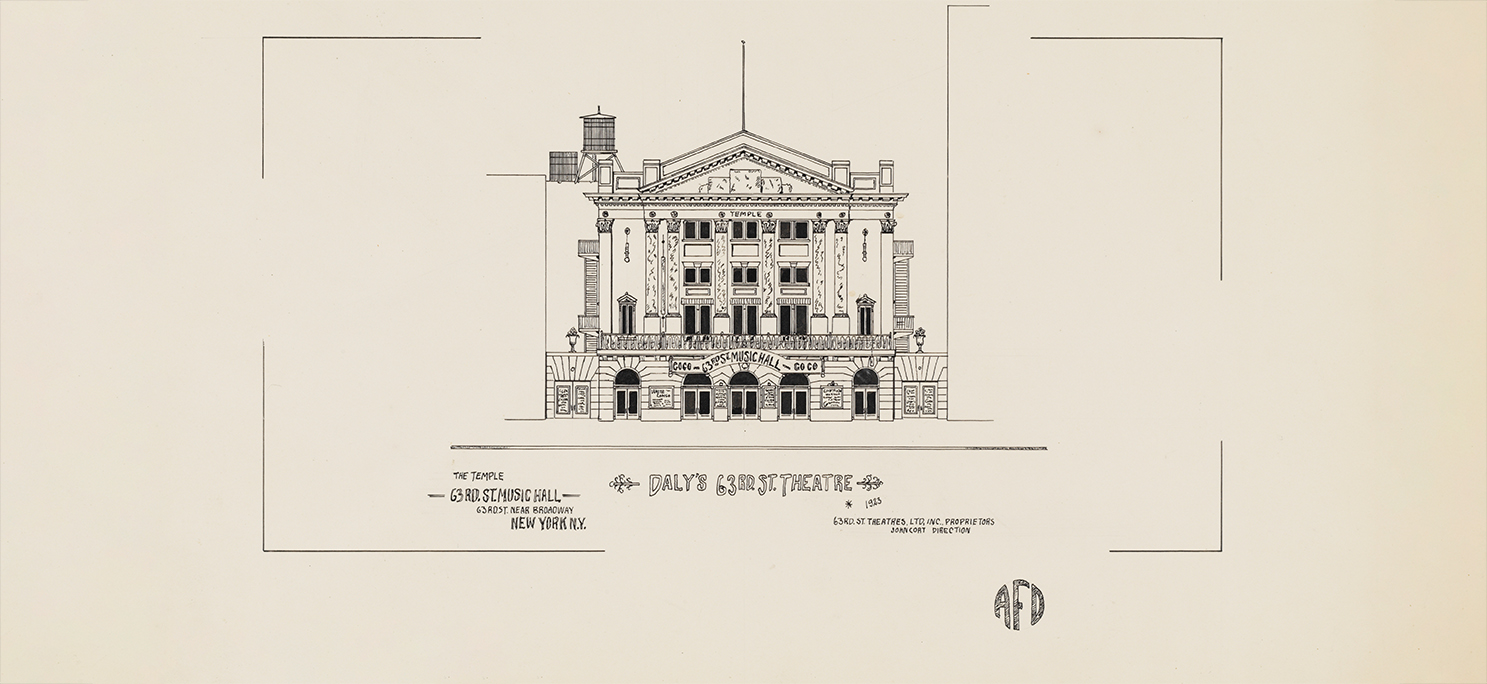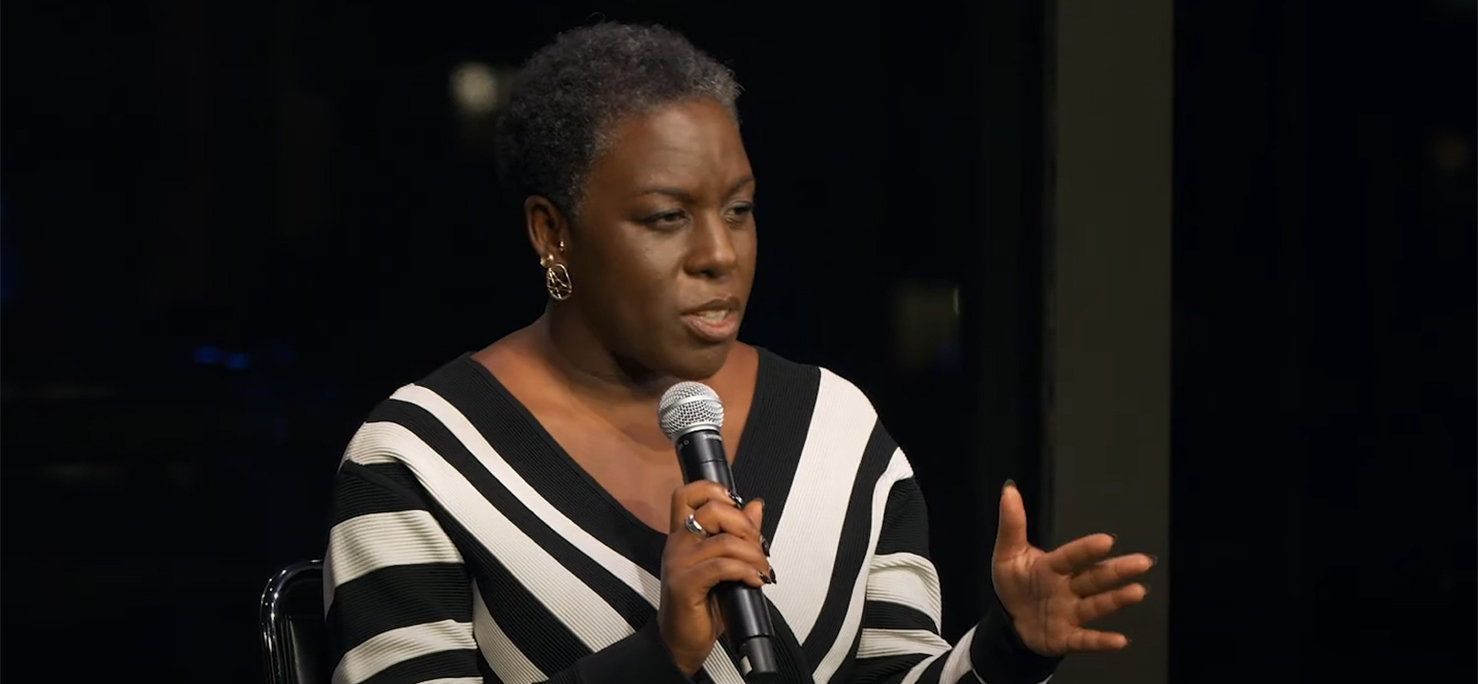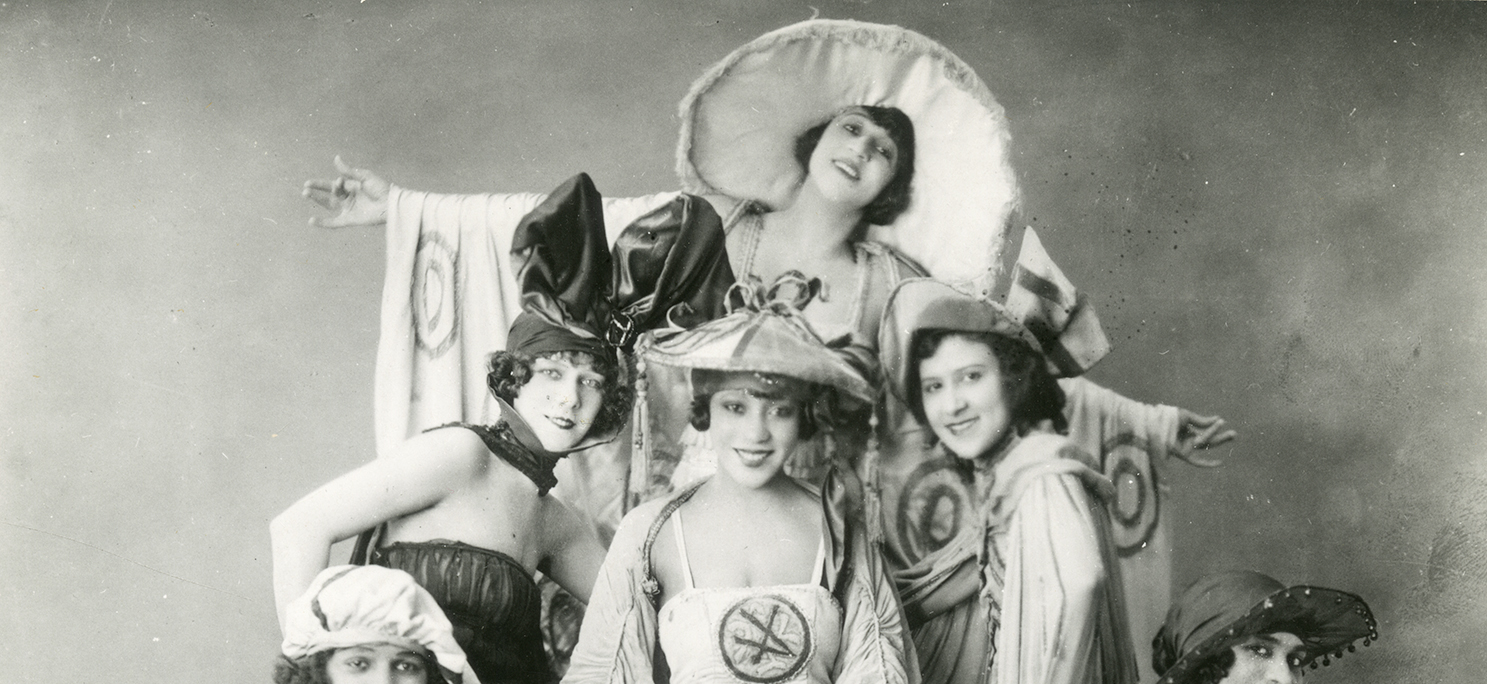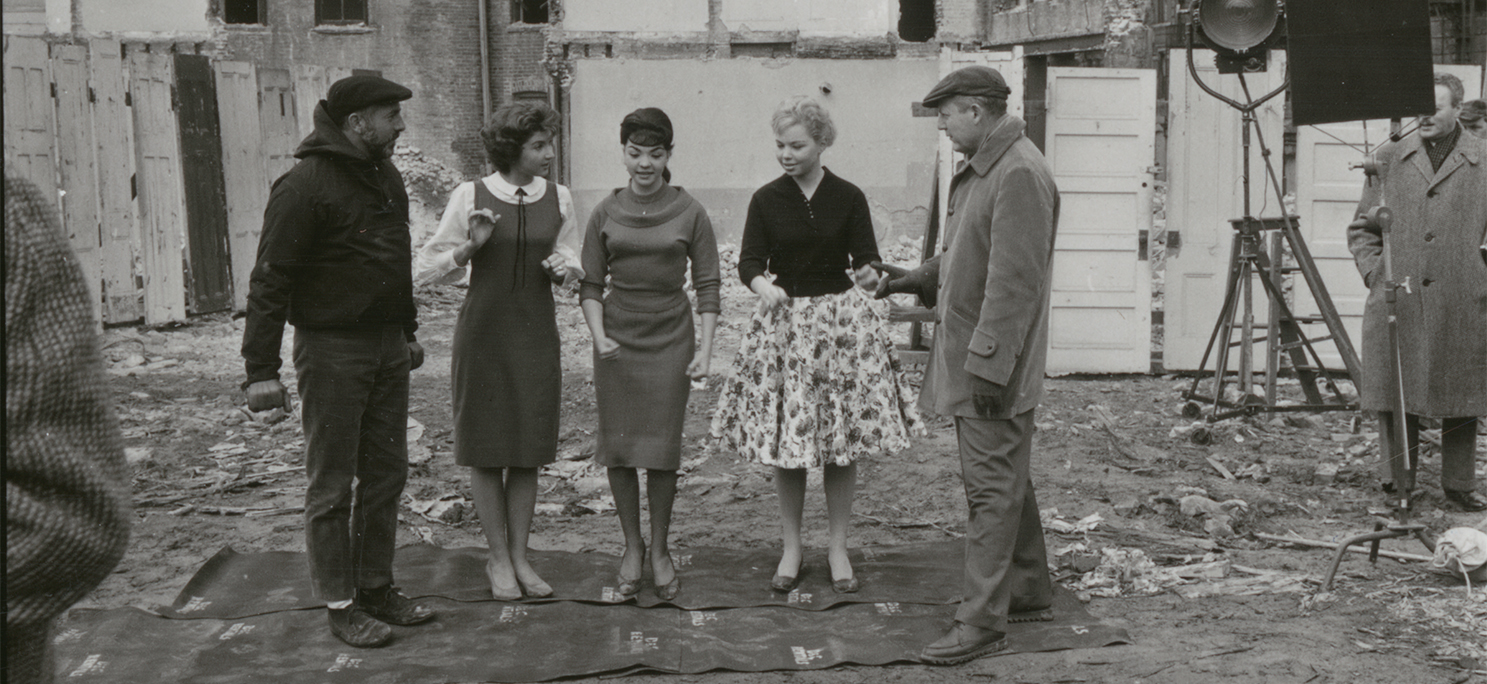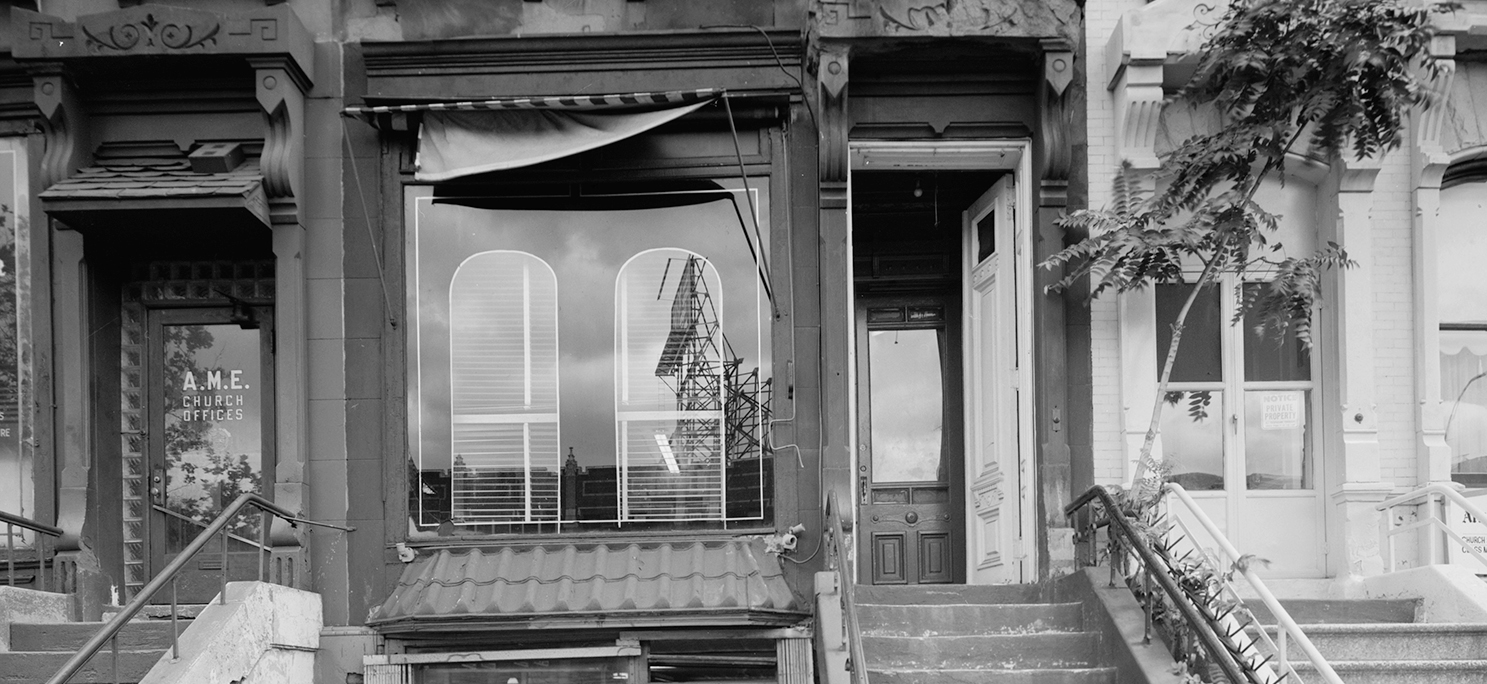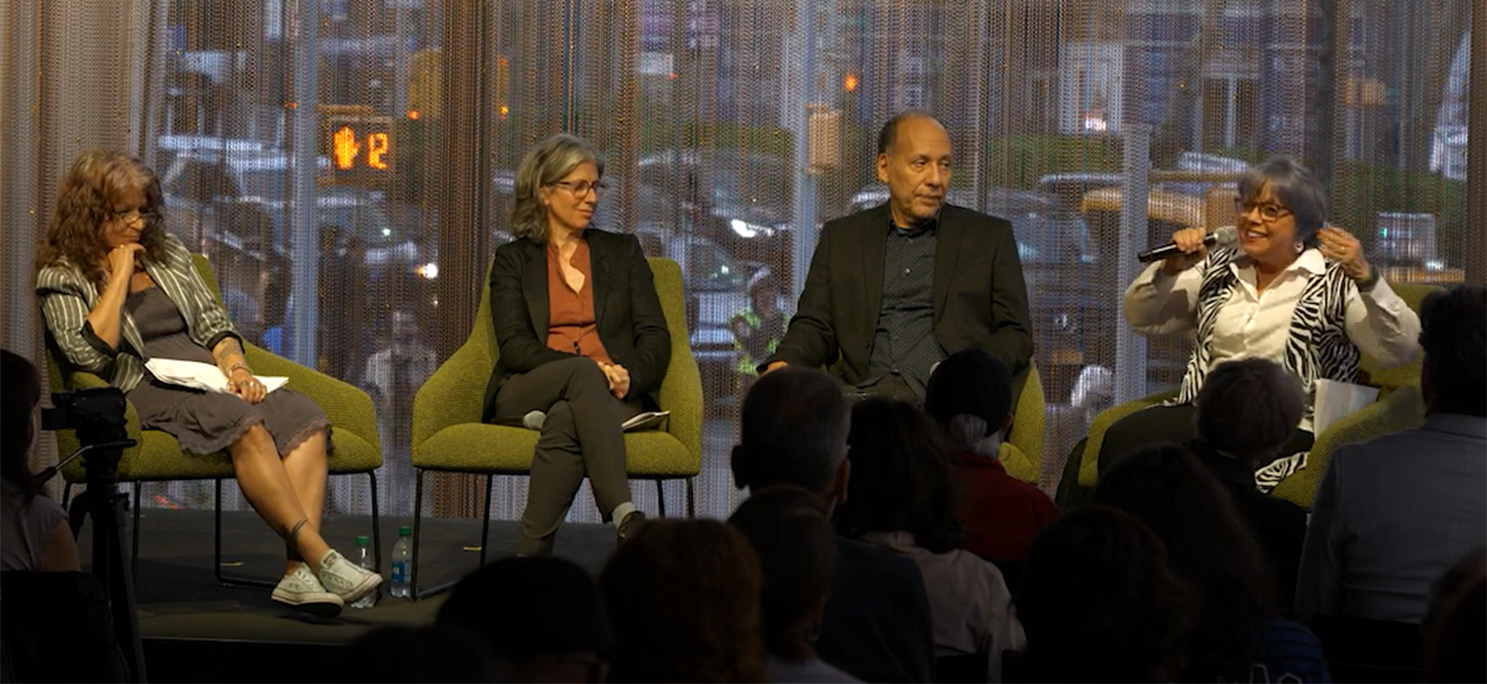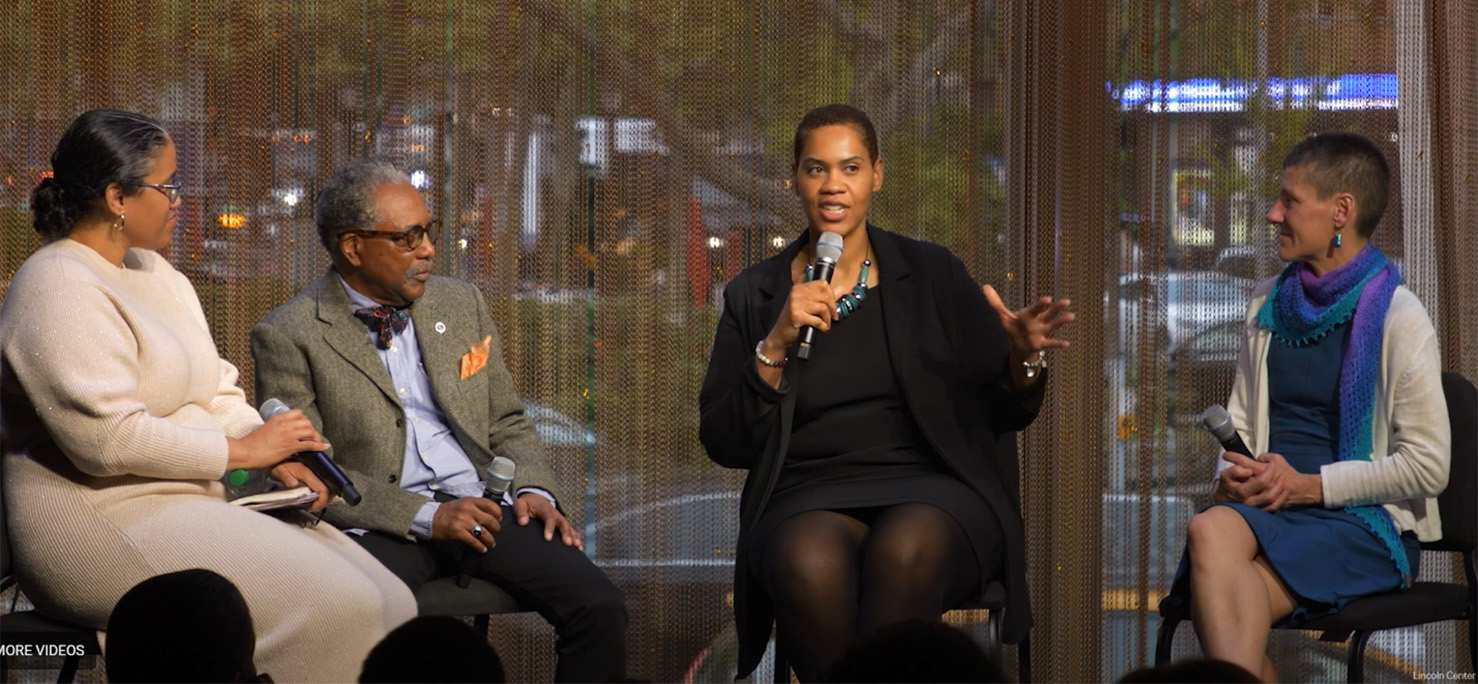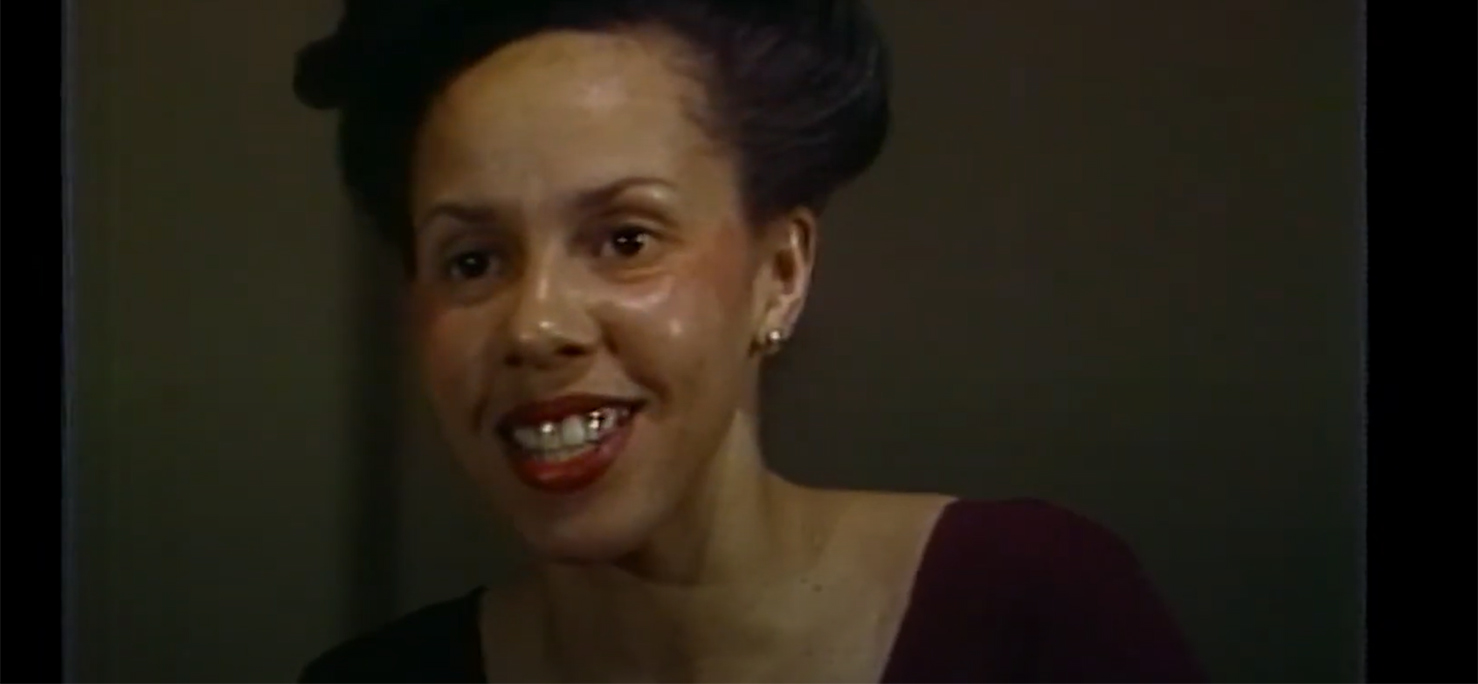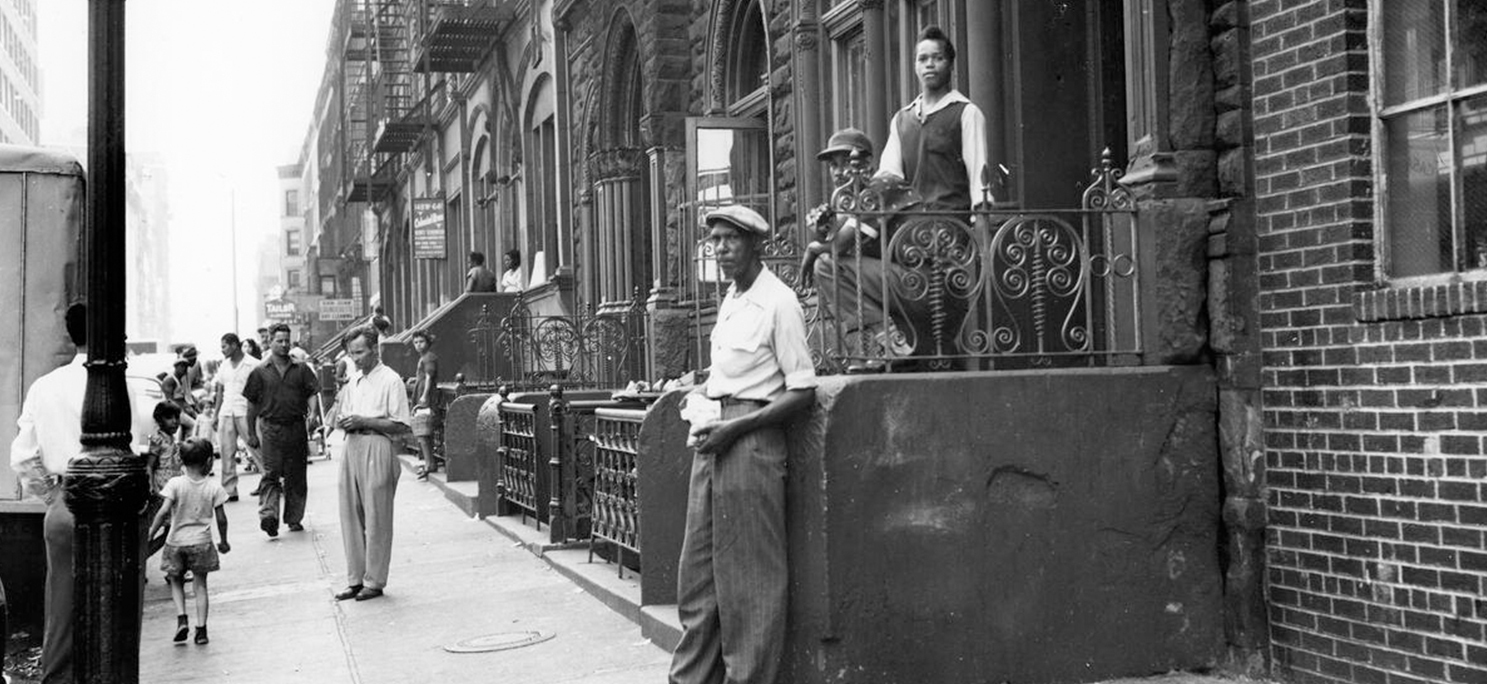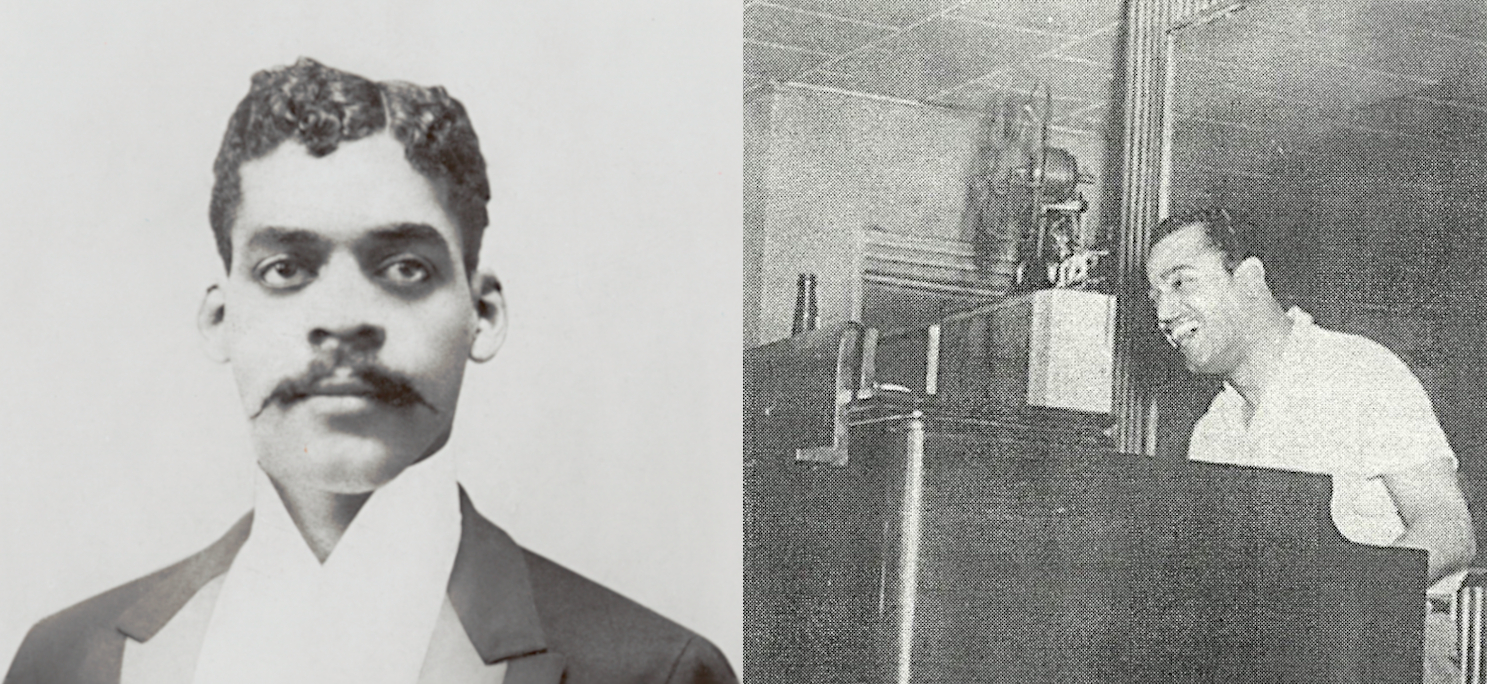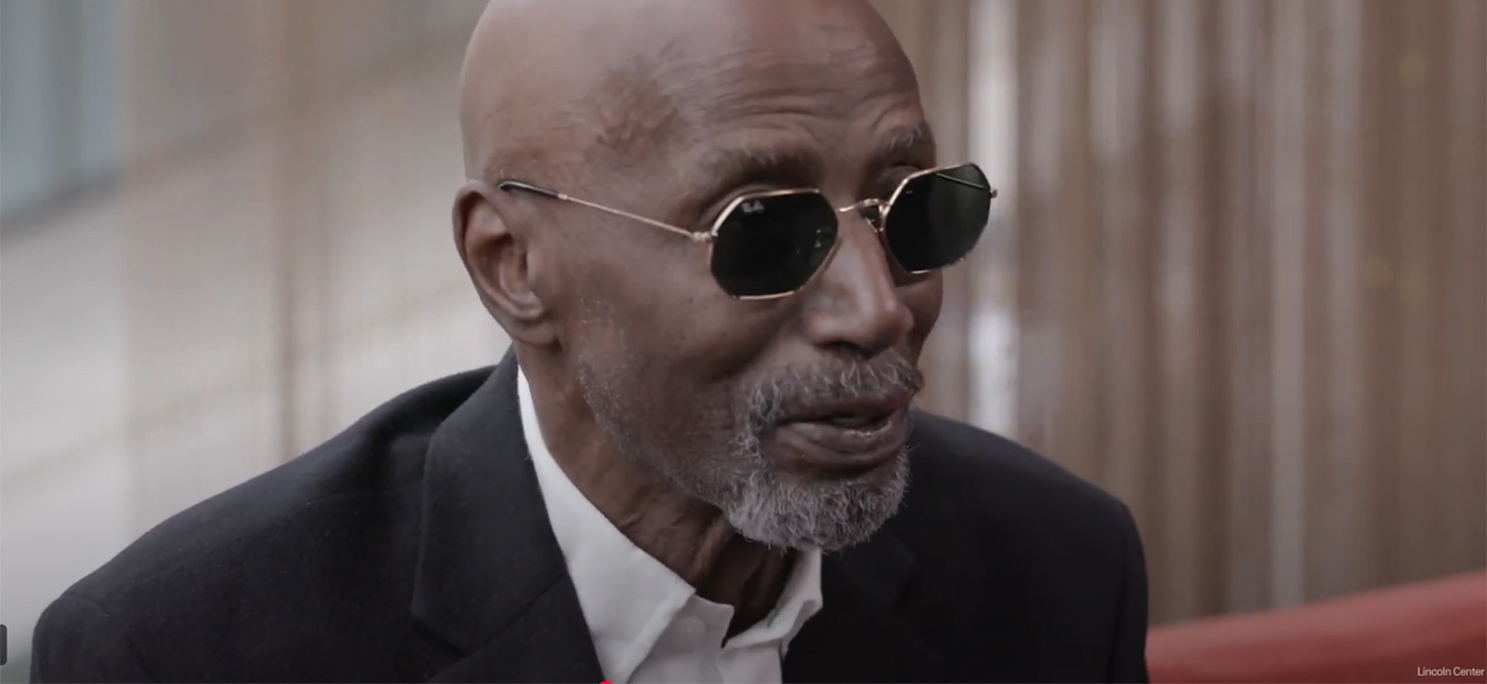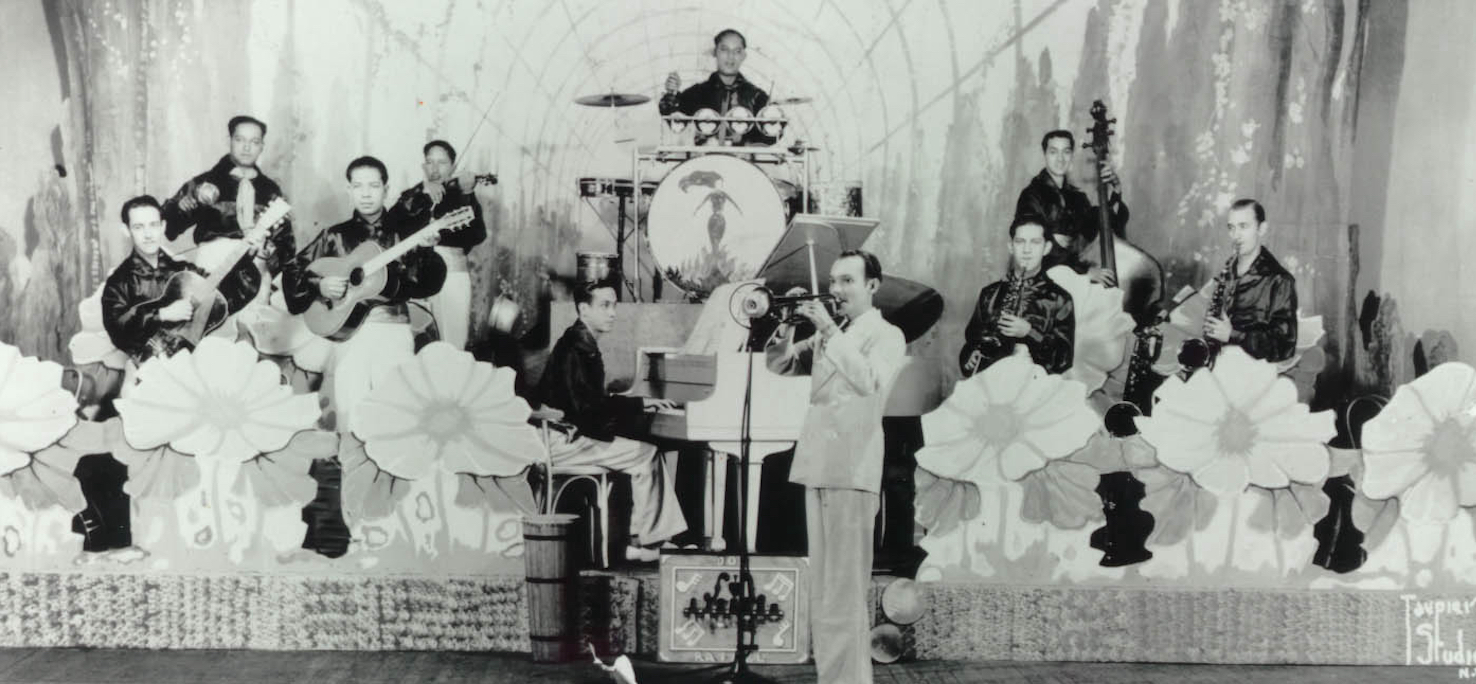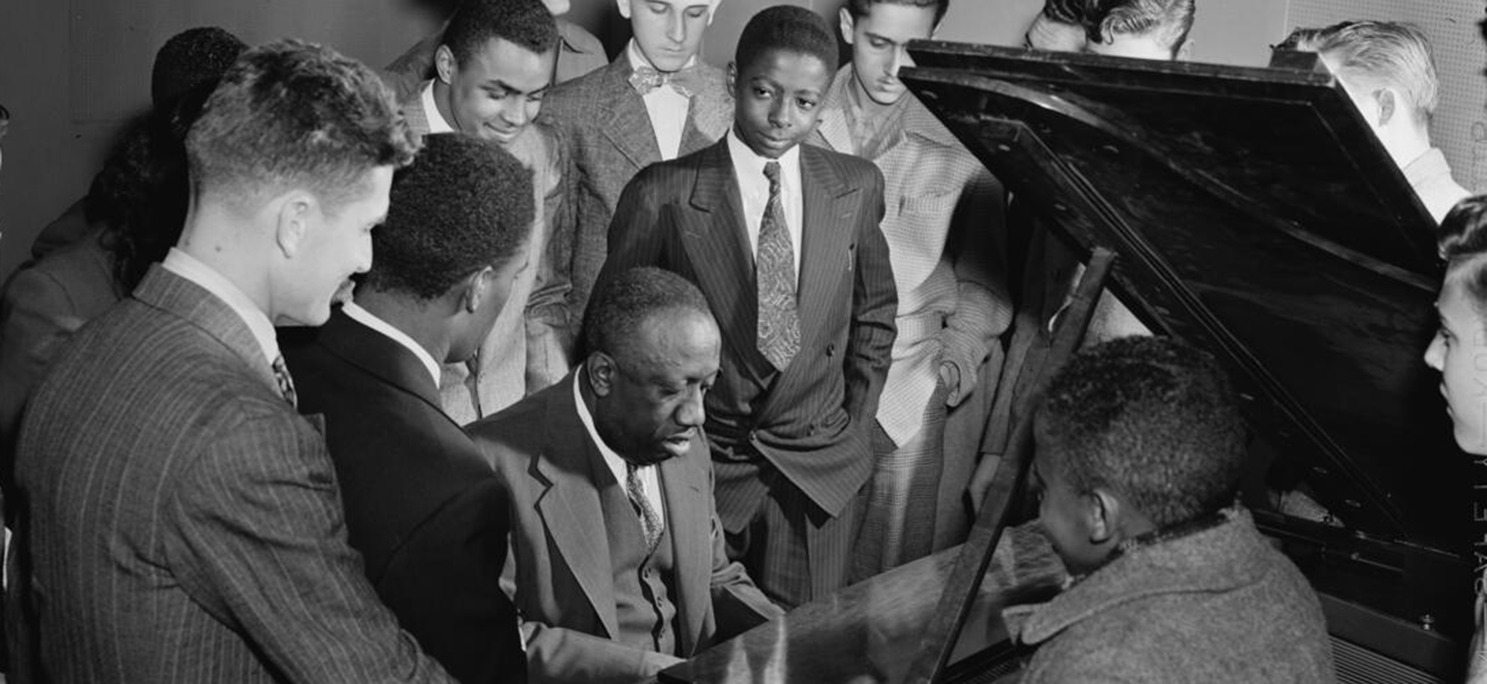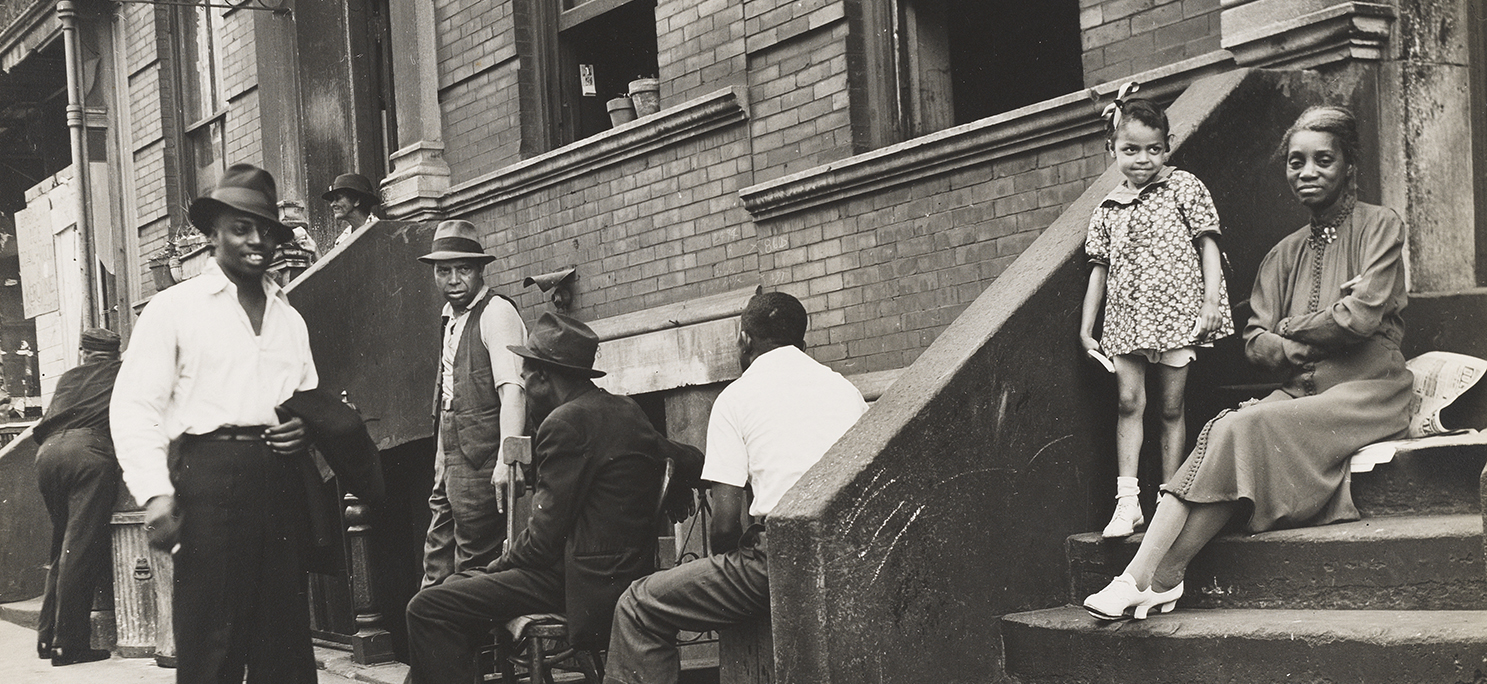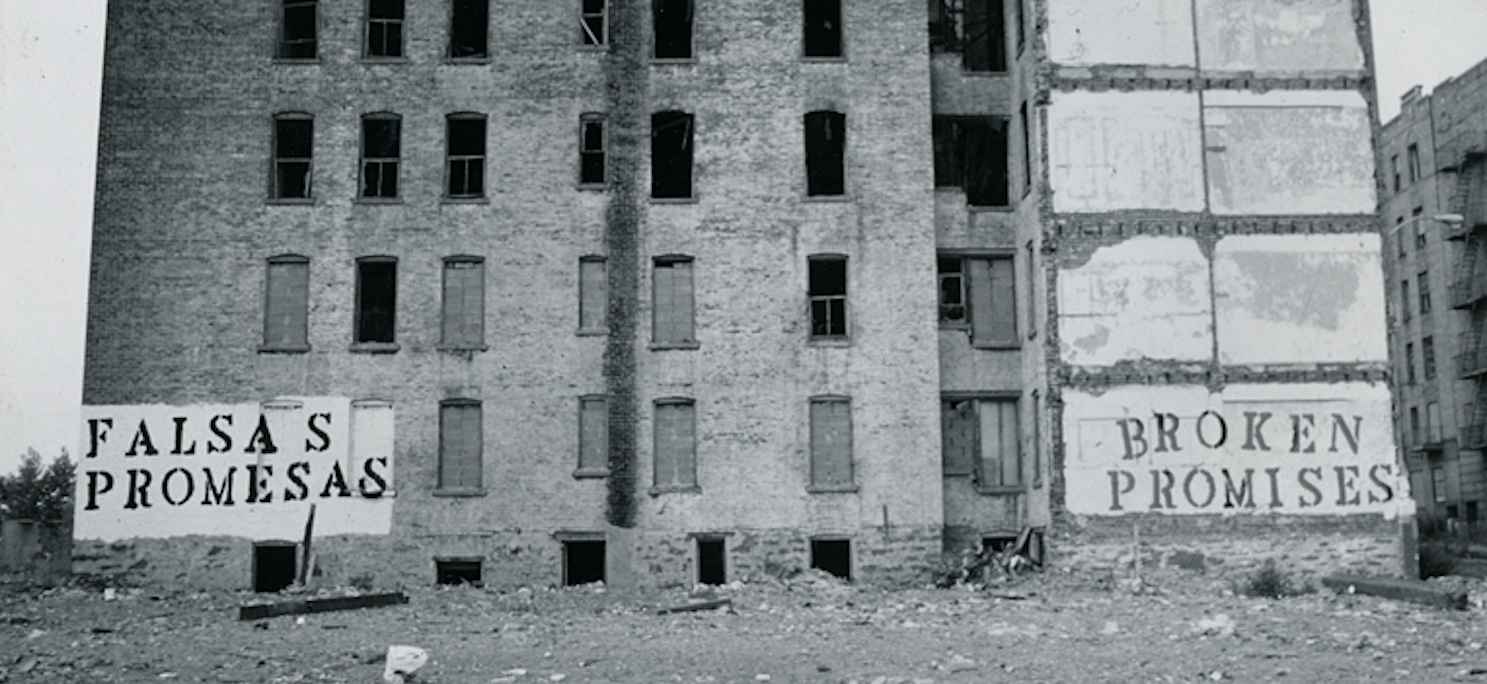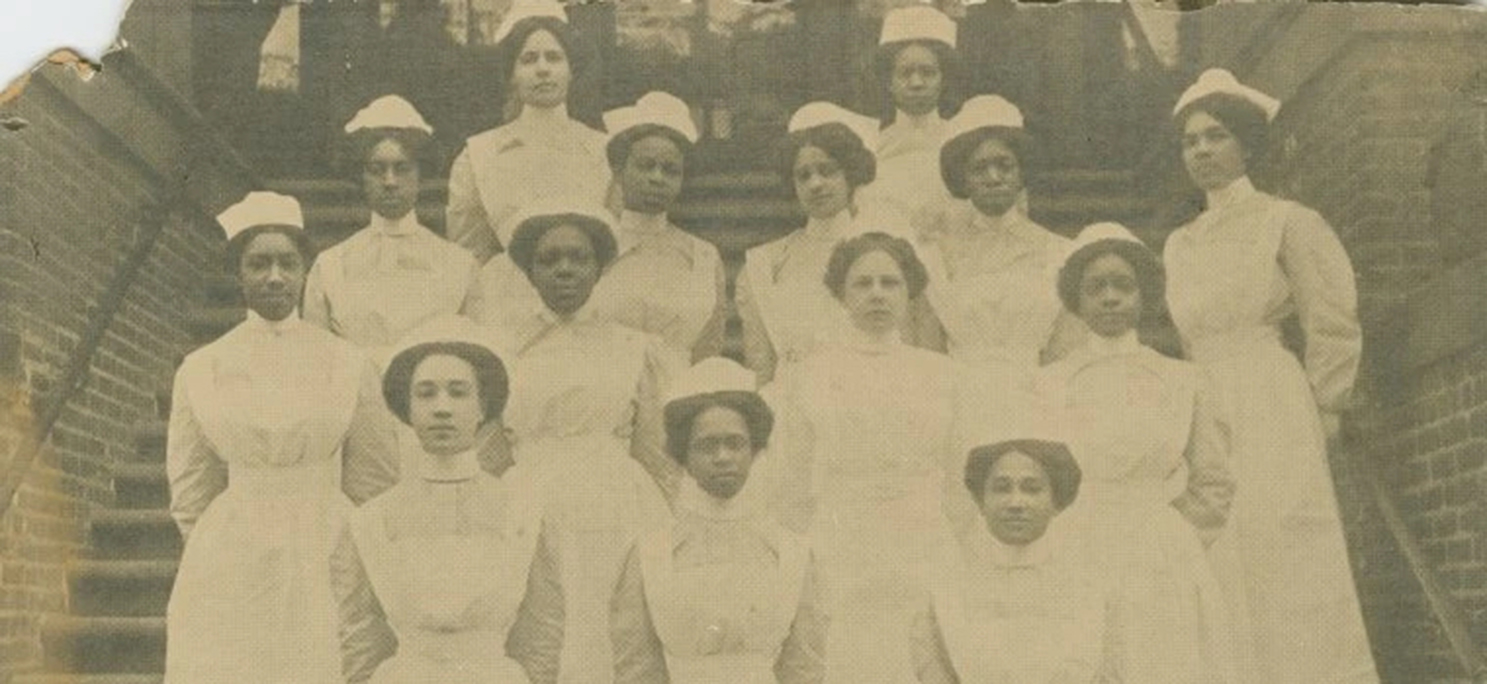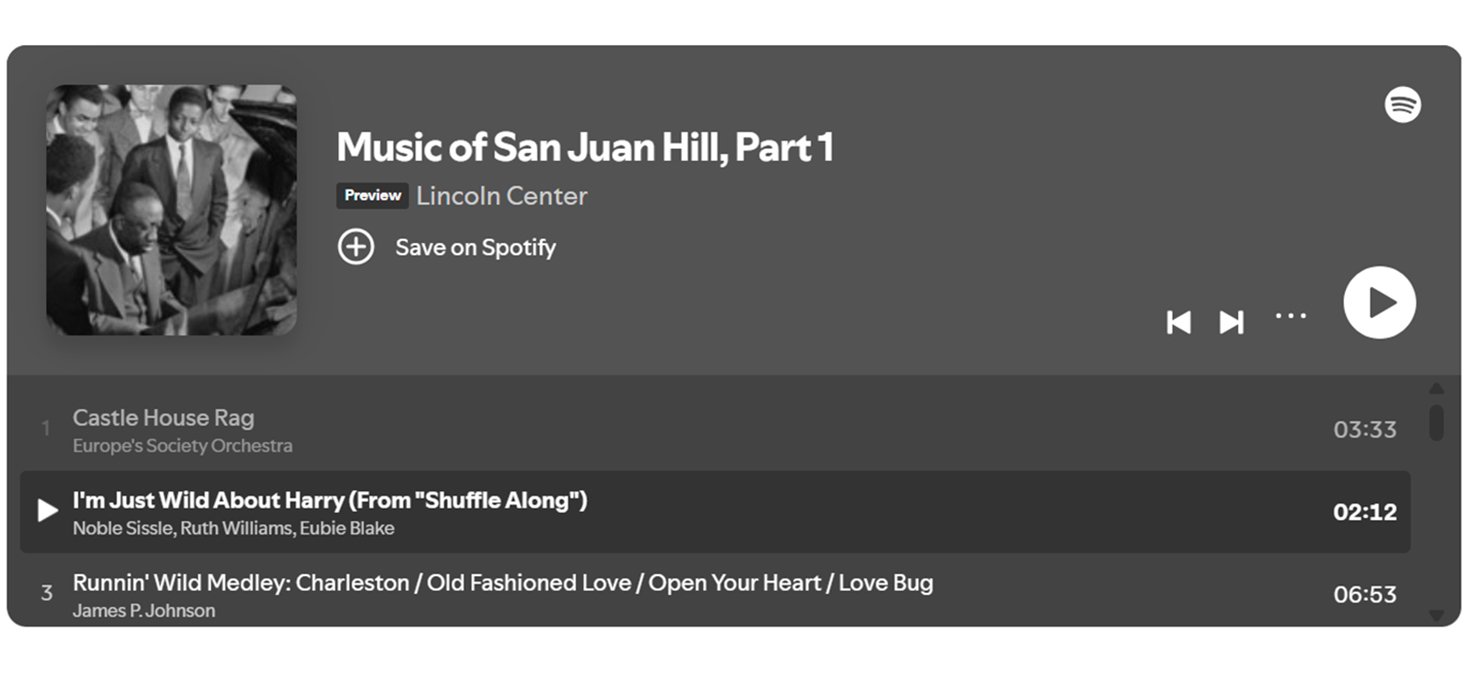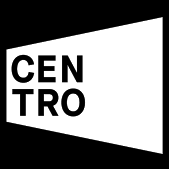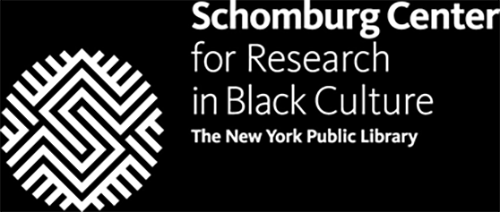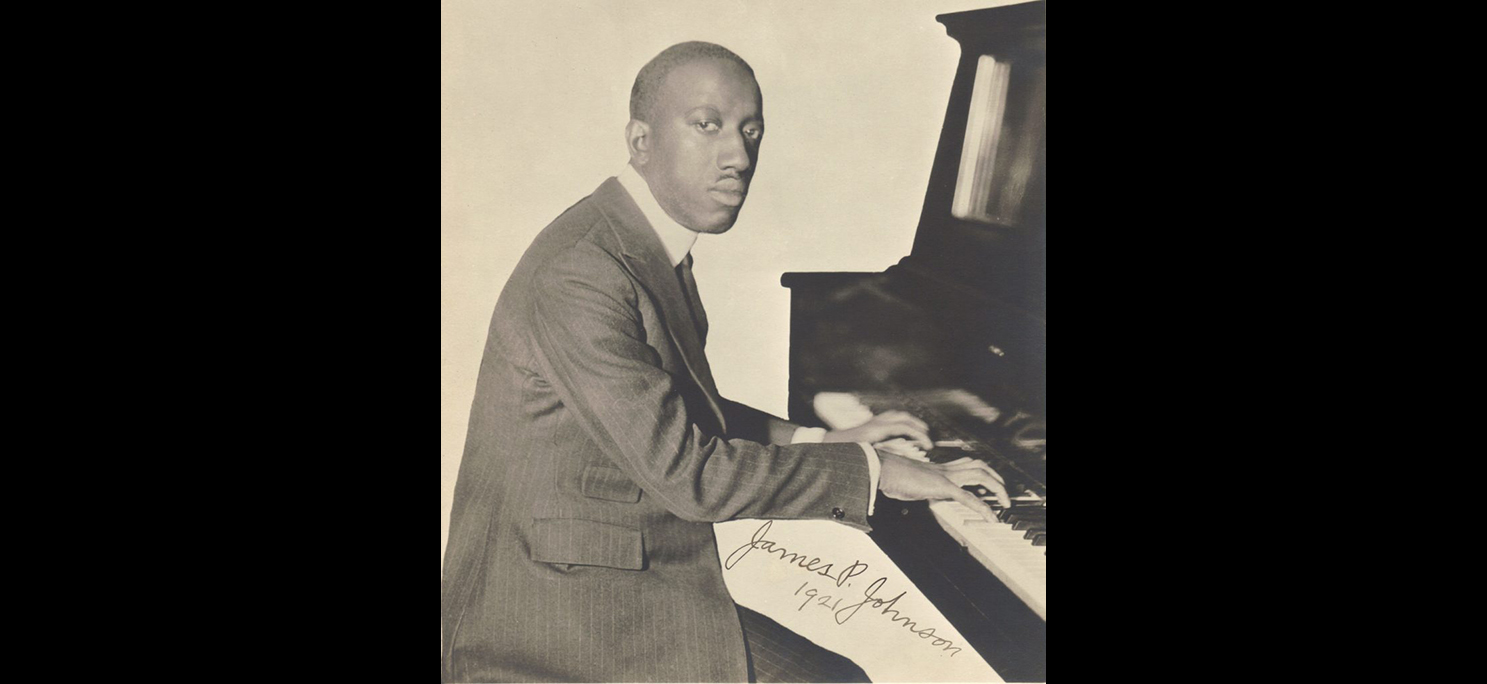
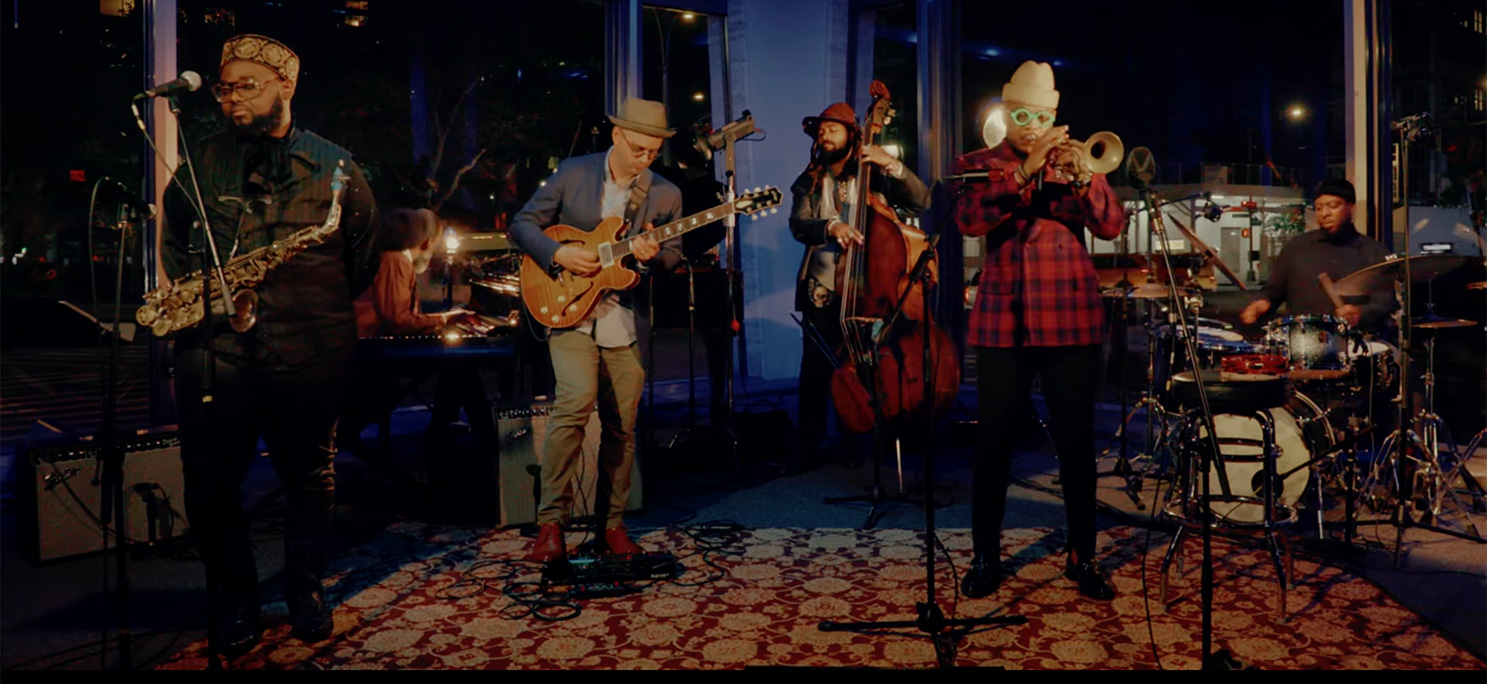

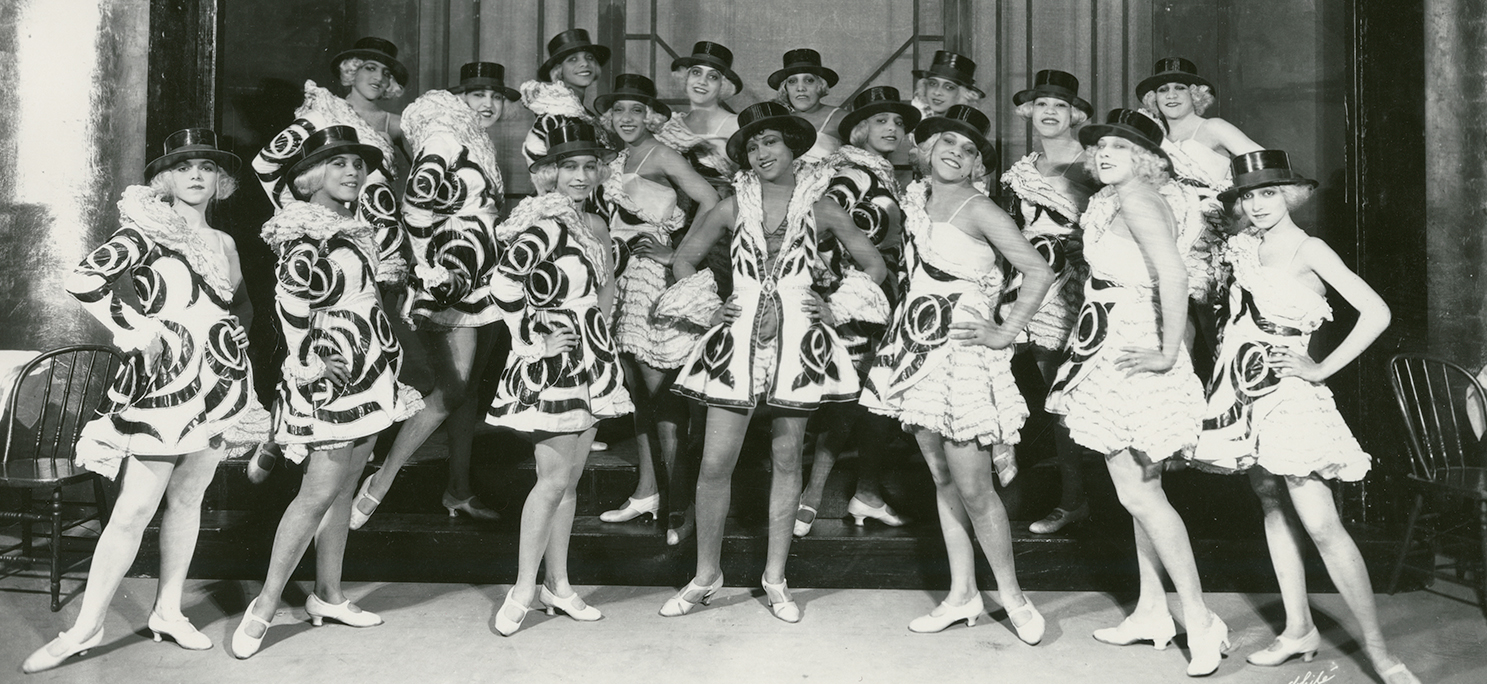
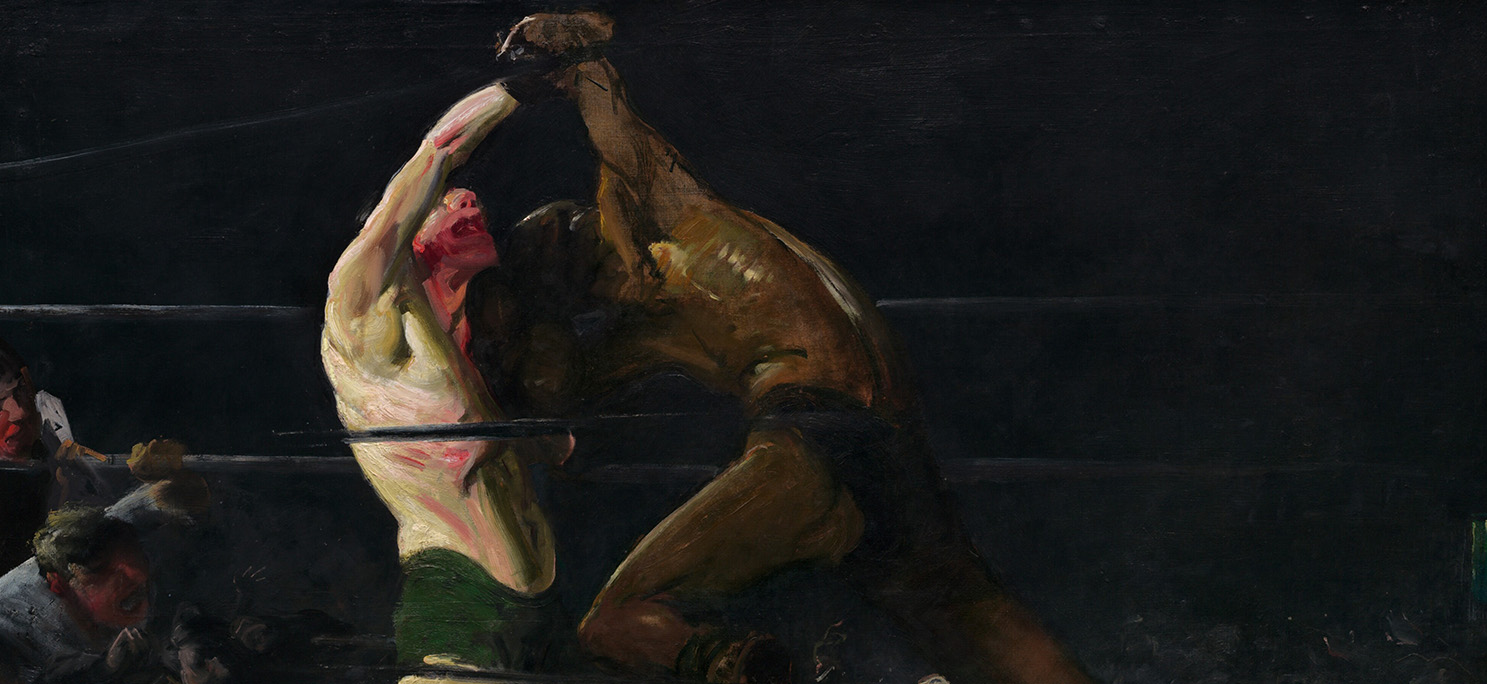
In the first half of the twentieth century, the area around where Lincoln Center resides today was known to many as San Juan Hill.
San Juan Hill, and the broader Lincoln Square neighborhood of which it was a part, was a culturally diverse, densely populated, and largely working-class community. It was also a lively cultural center, full of theaters, movie houses, dance halls, schools, and other artist spaces that nurtured luminaries in ragtime, stride, jazz, bebop, mambo and other Afro-Caribbean forms, visual arts, musical theater, and more. Many iconic and influential figures lived there over the years, and their contributions to scholarship, music and art, journalism, social work, and other fields still resonate today.
In the 1950s, the area was targeted for “urban renewal”. The Lincoln Square Development Plan, one of many such programs implemented across the country at the time, displaced more than 7,000 families and 800 businesses, demolished hundreds of buildings, and replaced them with a series of superblocks, including Fordham University, Lincoln Towers, and Lincoln Center for the Performing Arts.
The Legacies of San Juan Hill initiative was created to uplift the complex history, communities, and cultural legacy of this area through artistic programming, commissions, discussions, scholarship, and education. The artists, historians, archivists, journalists, and community members contributing to this project are restoring an important New York story. This digital hub features archival images, articles, video interviews, playlists, recordings of past events, and more. It is a resource that will grow over time.
Lincoln Center is committed to building an inclusive cultural home for all. If you have questions about the media featured on this site or want to share a personal connection to the neighborhood, please email [email protected].
Top image courtesy of: NYC Parks Photo Archive
Legados de San Juan Hill pretende explorar los barrios de Manhattan, en su mayoría de clase trabajadora, que existían en la zona donde se construyó el Lincoln Center en las décadas de 1950 y 1960. Una enorme franja de la zona, en la que vivían más de 7,000 familias y había unos 800 negocios a mediados de siglo, fue arrasada en la década de 1950 como parte del Plan de Desarrollo de Lincoln Square. Este plan, uno de los muchos programas de “renovación urbana” de todo el país, sustituyó los edificios residenciales y comerciales existentes por una serie de supermanzanas y otras construcciones, como la Fordham University, las Lincoln Towers y el Lincoln Center for the Performing Arts.
Hemos creado este sitio como una plataforma para explorar la historia, las comunidades y el legado cultural de San Juan Hill y su impacto en el amplio barrio de Lincoln Square y más allá. Es un recurso que crecerá con el tiempo. El sitio incluirá imágenes, ensayos y artículos, mapas, contenido de archivo y mucho más, todo lo cual ofrecerá una visión de la compleja historia de la zona y su cultura. Elevará las historias de las personas que vivieron, trabajaron y crearon aquí, así como de quienes viven actualmente.
El Lincoln Center se compromete a cuestionar nuestro papel en esta historia, ignorada durante tanto tiempo, y a construir un espacio cultural más justo e inclusivo para todos. Obtén más información sobre el compromiso de Lincoln Center con el cambio.
Si tiene preguntas sobre los medios que aparecen en este sitio o desea compartir una conexión personal con el vecindario, envíe un correo electrónico a [email protected].
Imagen superior por cortesía de: Archivo fotográfico de NYC Parks
All Content
Thanks to Our Collaborators
Legacies of San Juan Hill is presented by Lincoln Center for the Performing Arts in collaboration with CENTRO, The Center for Puerto Rican Studies at Hunter College and the Schomburg Center for Research in Black Culture.


